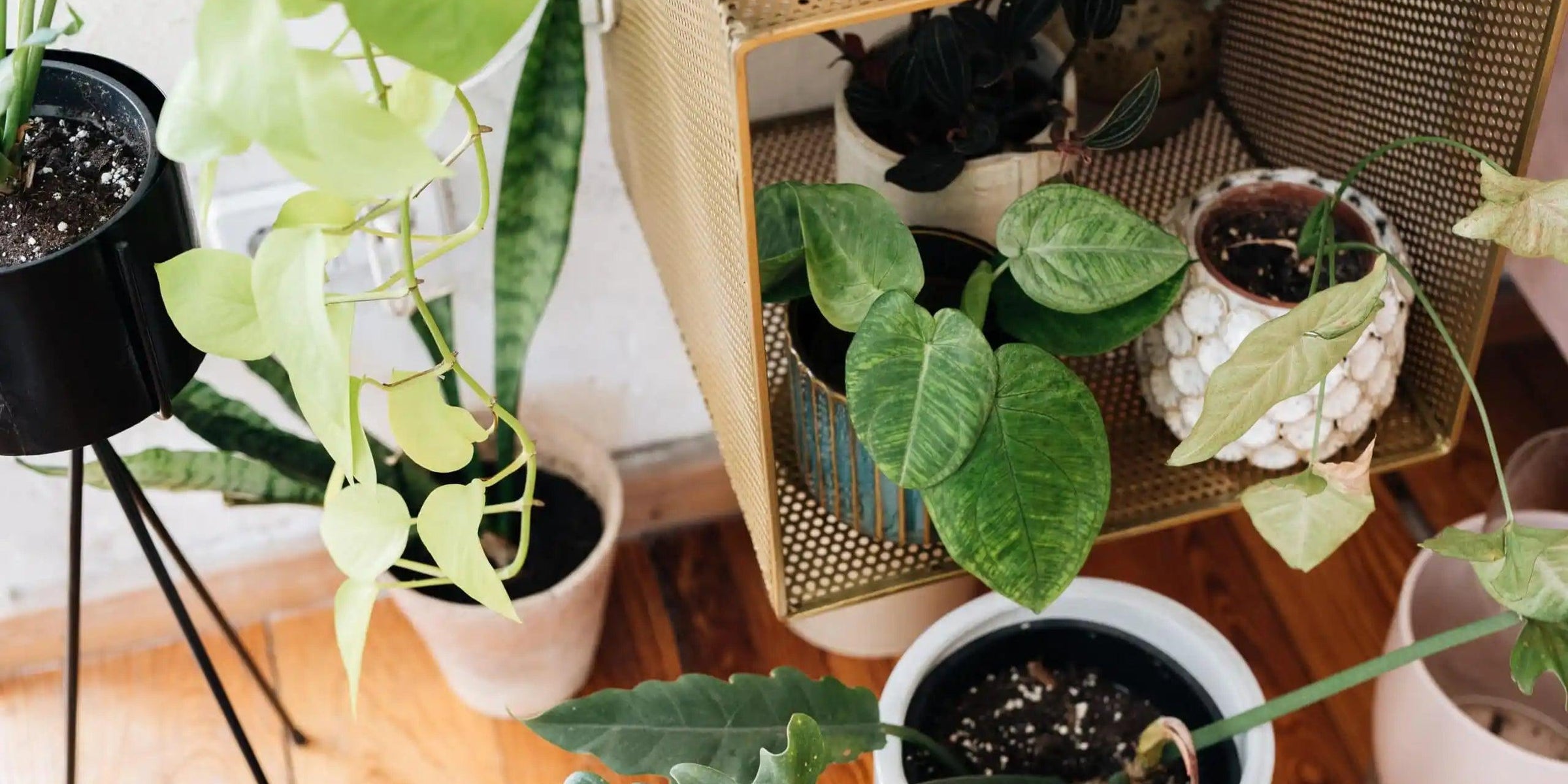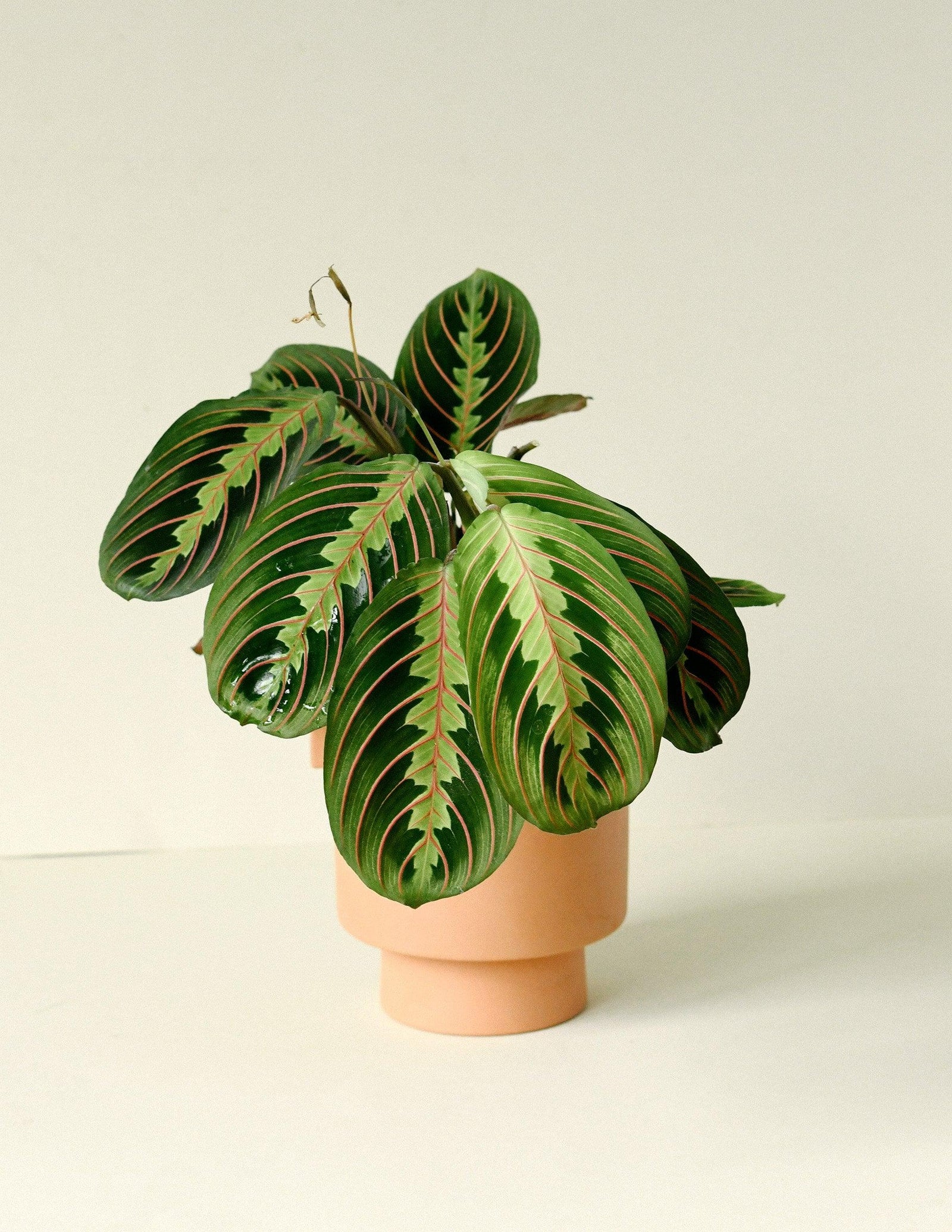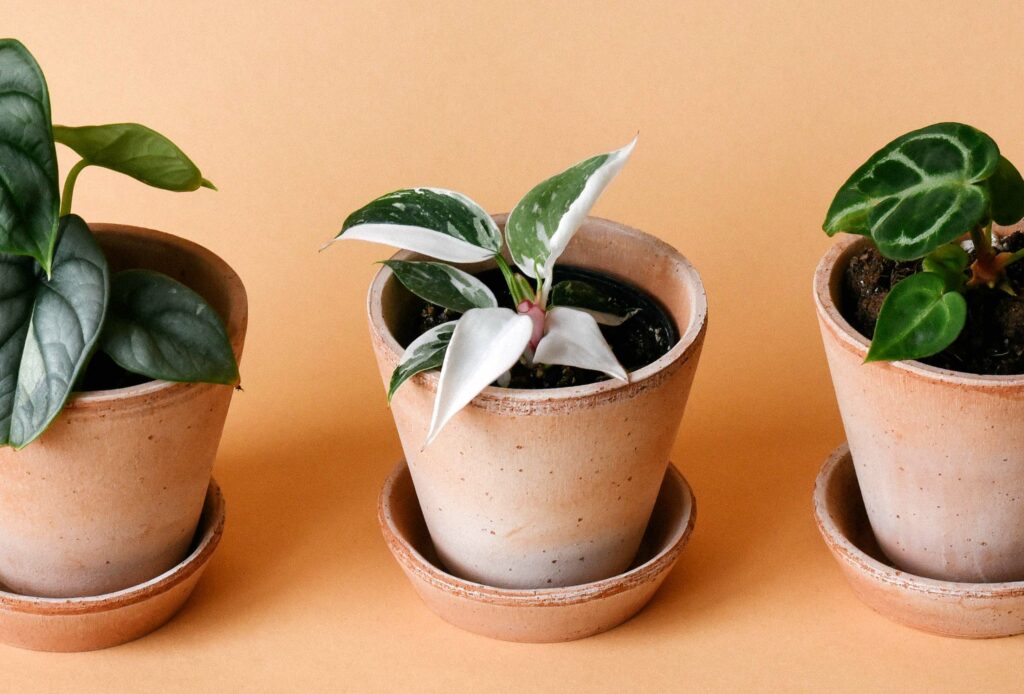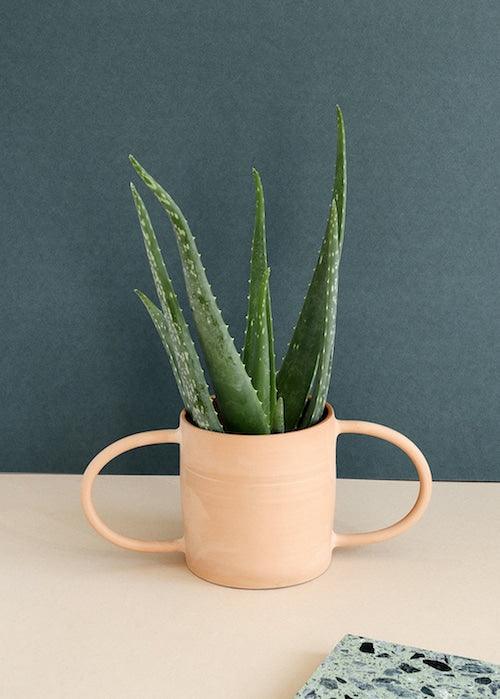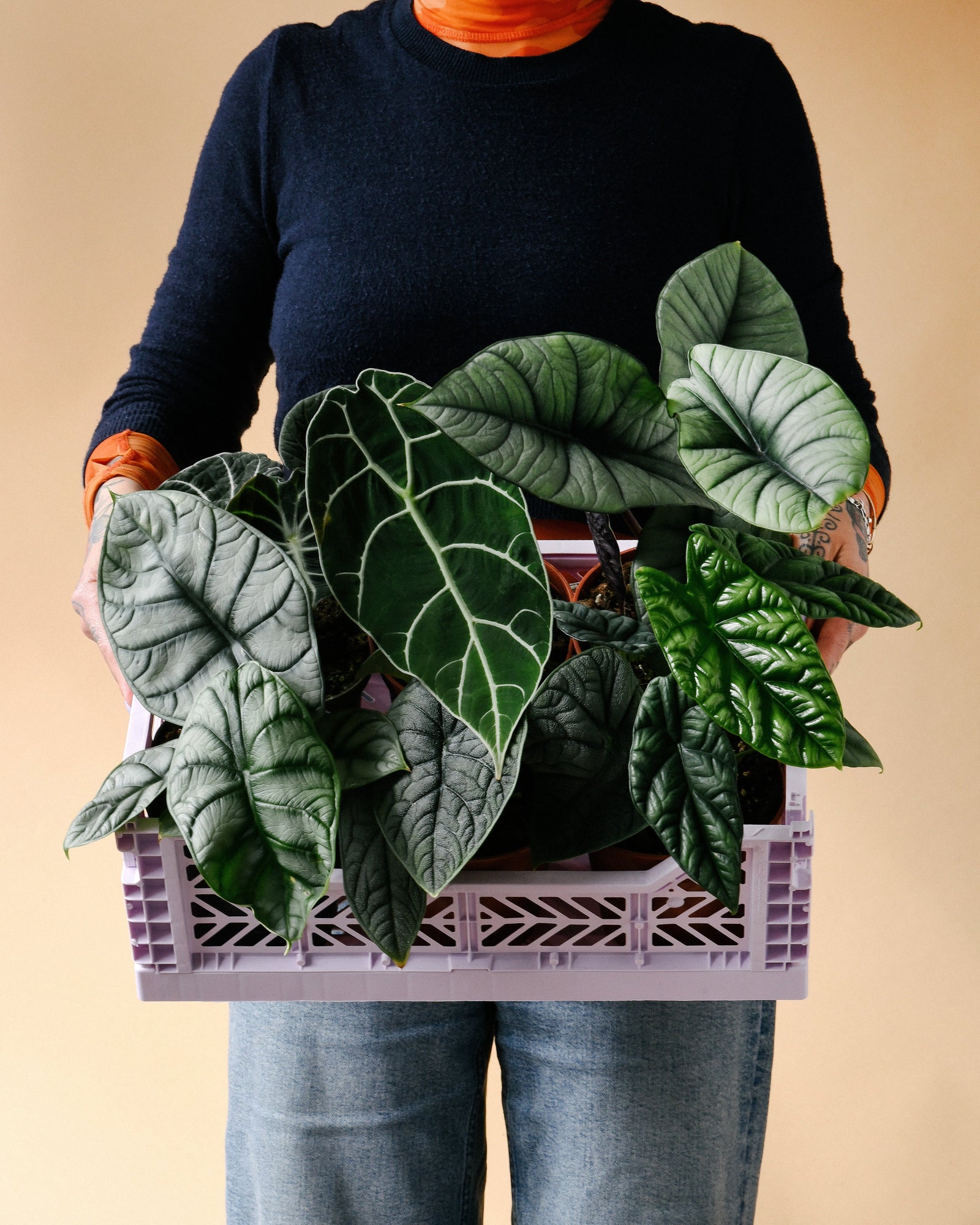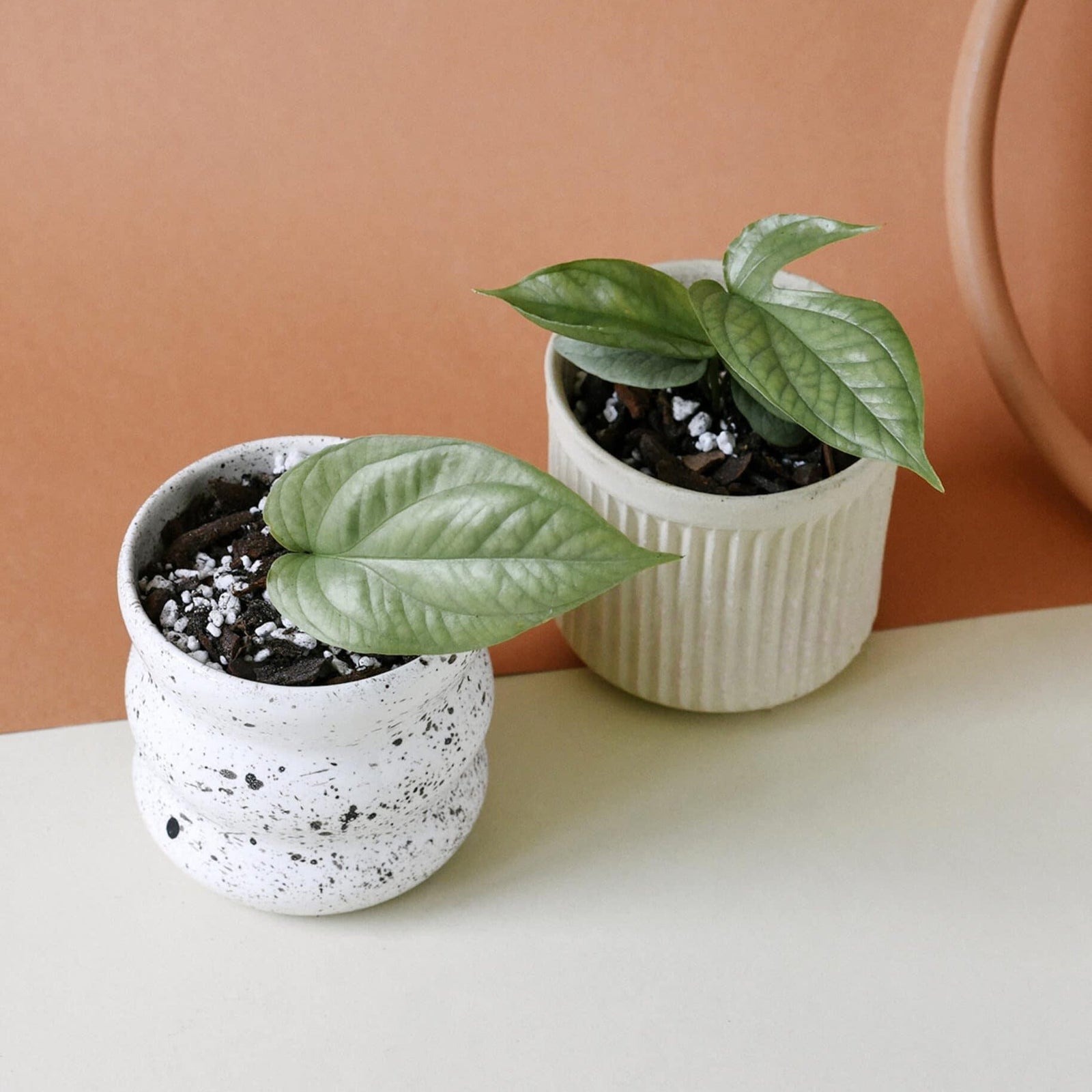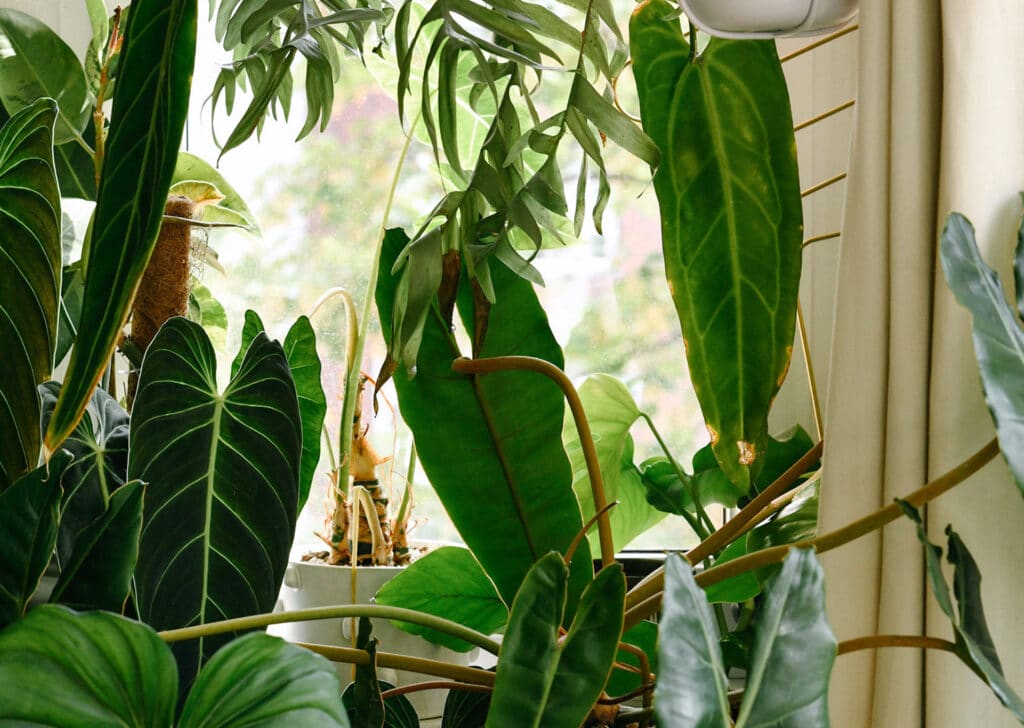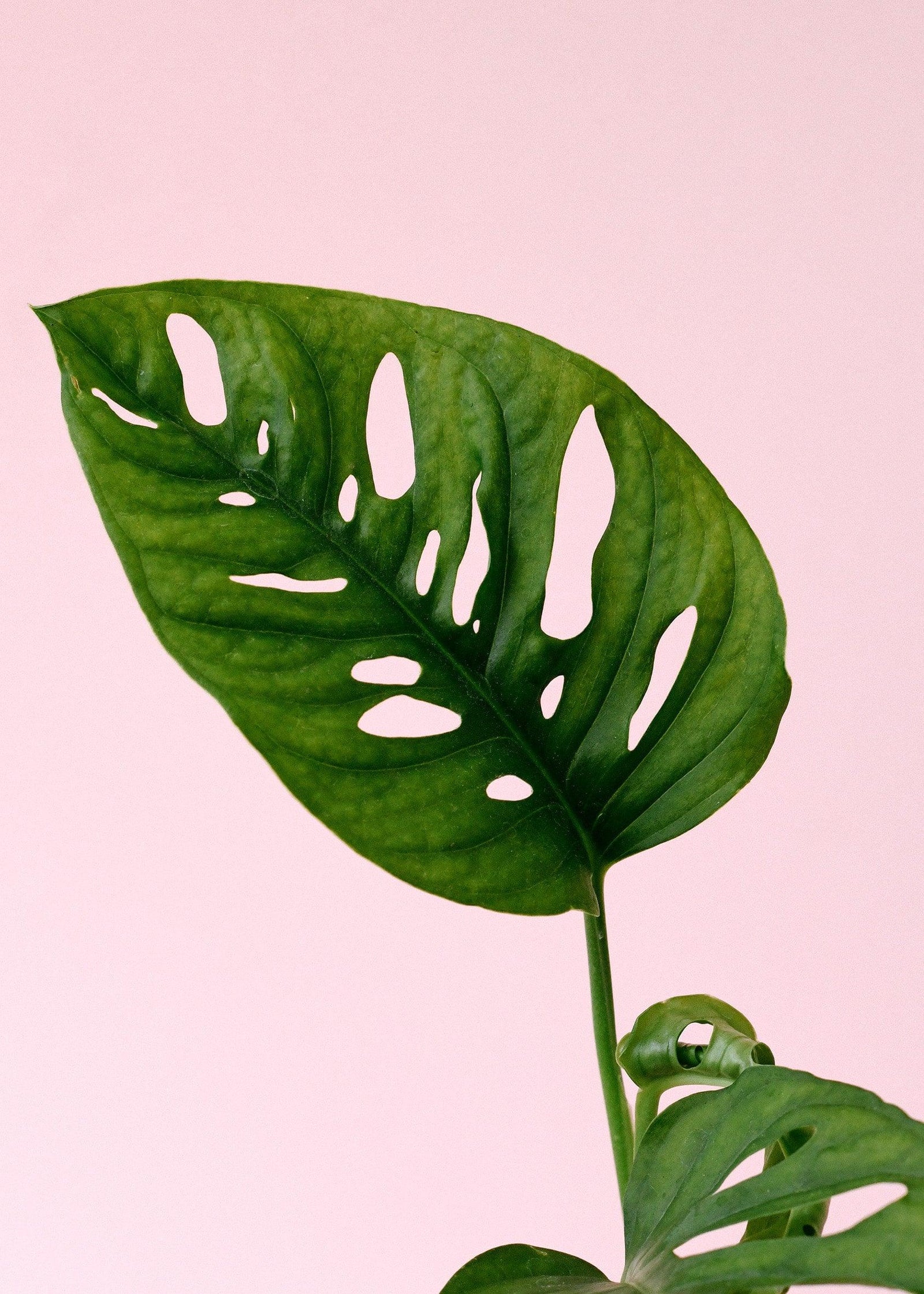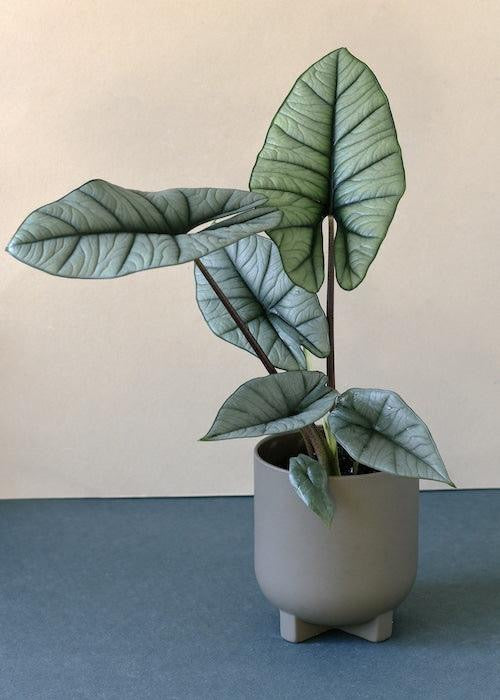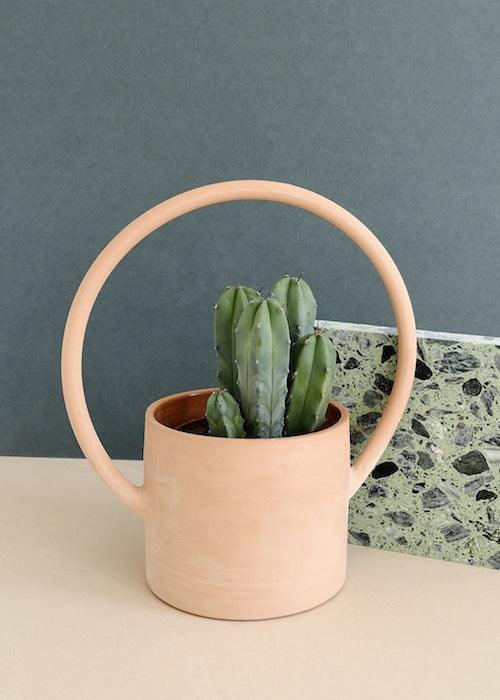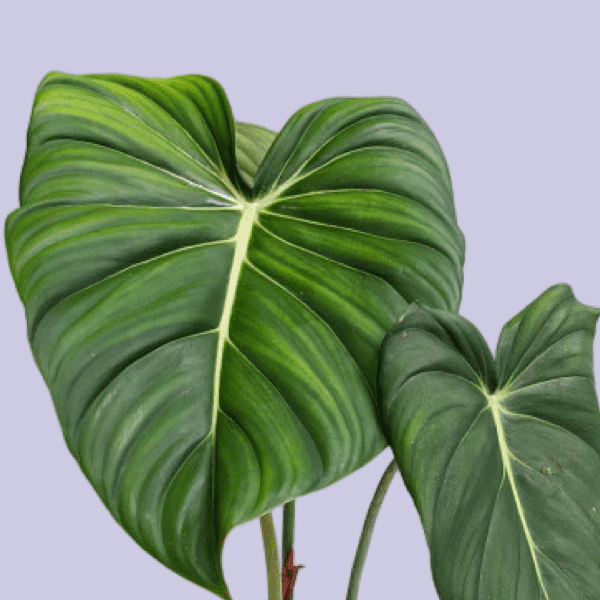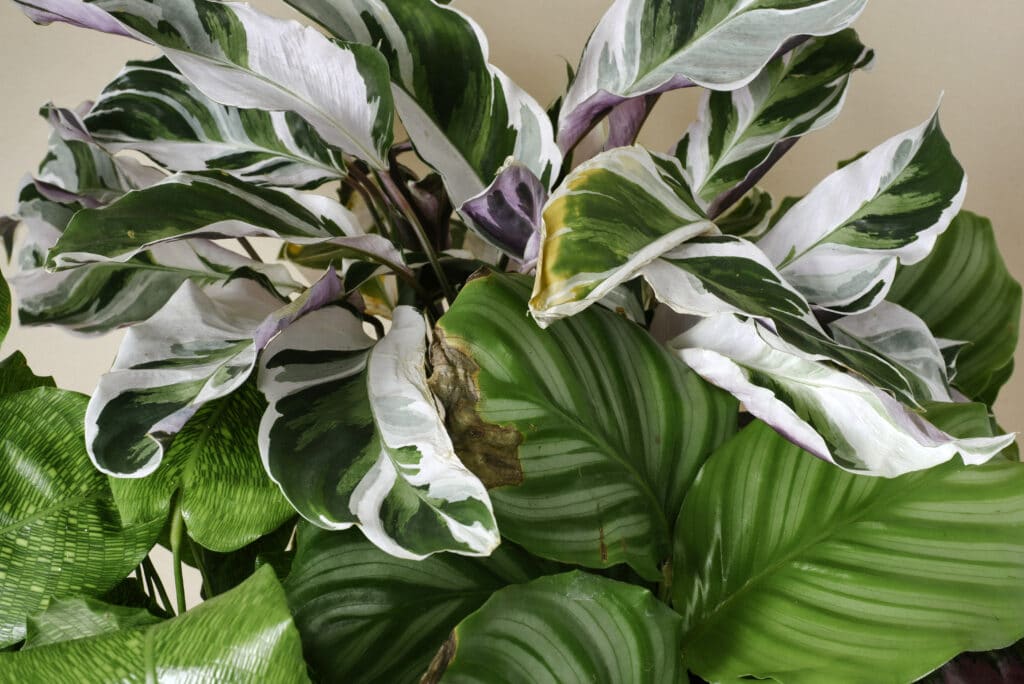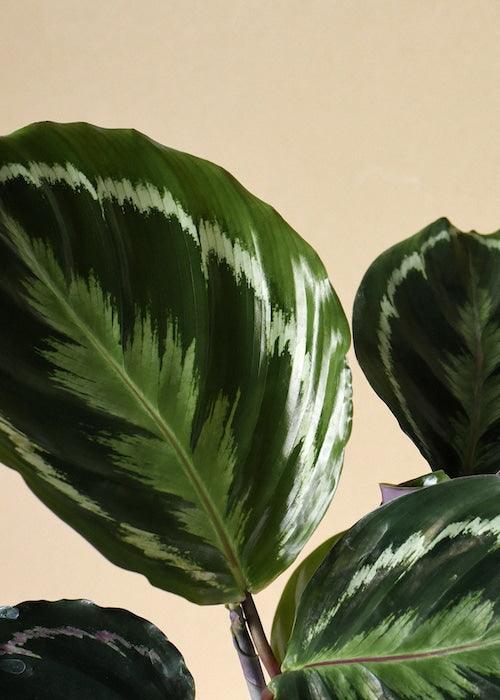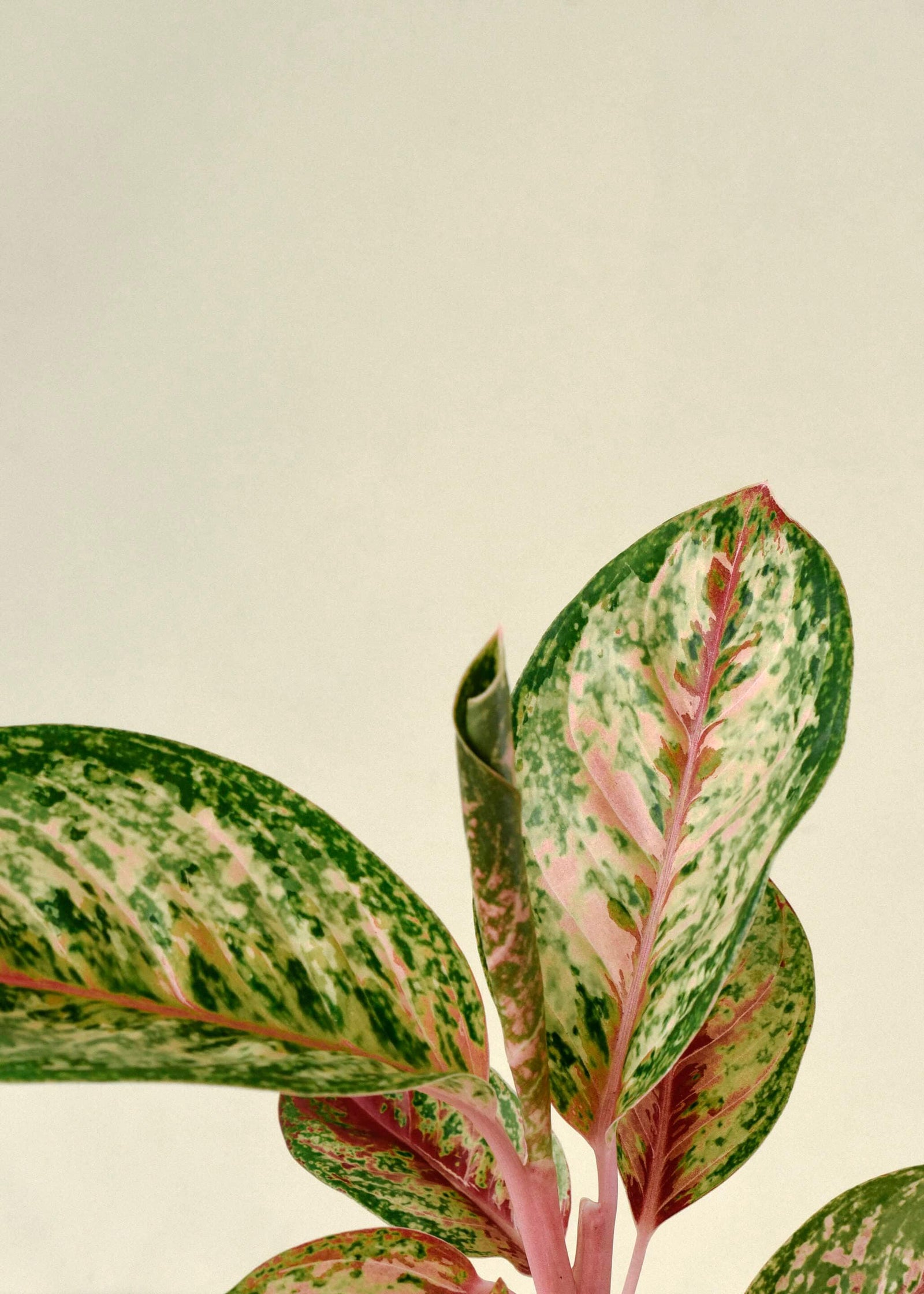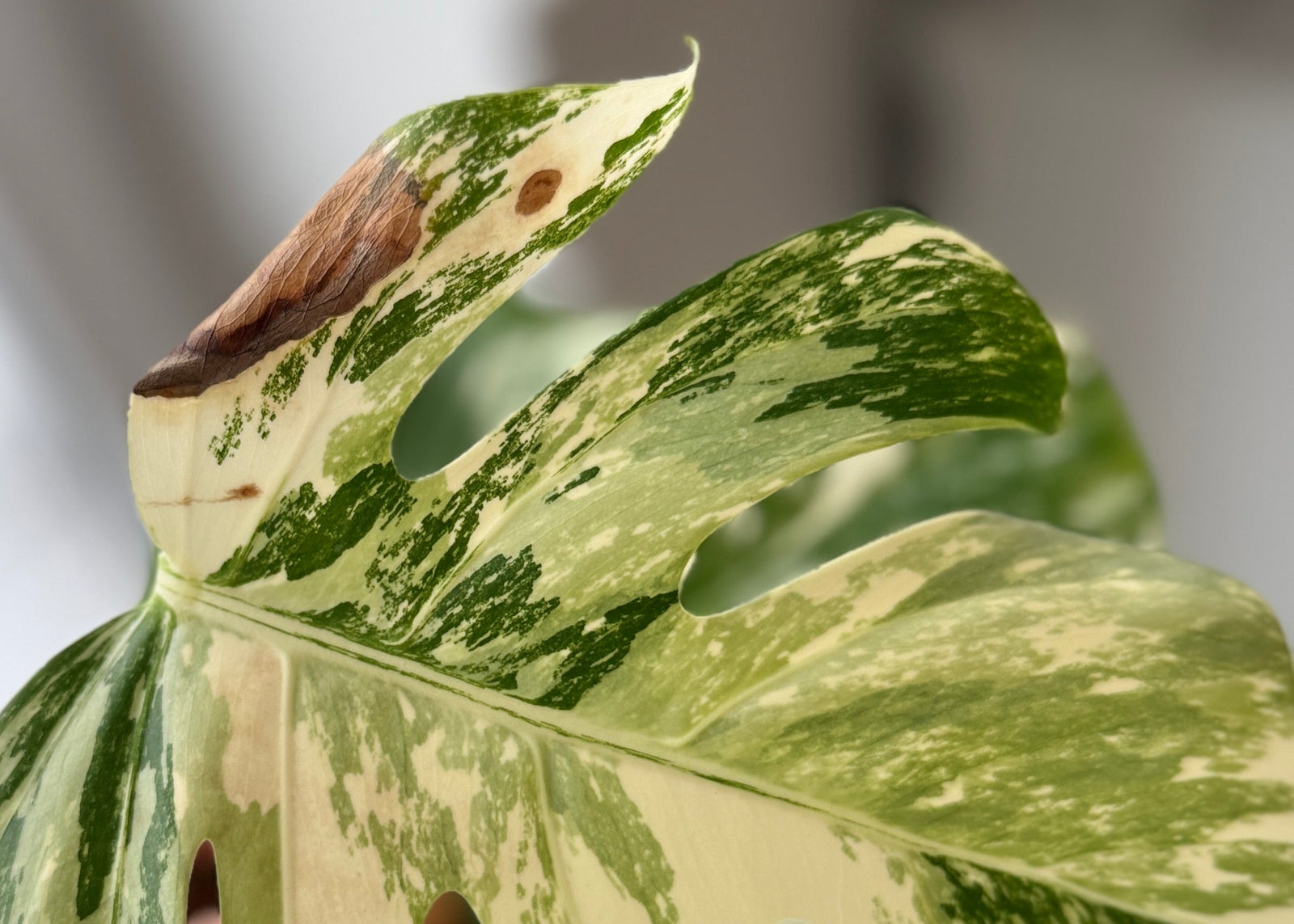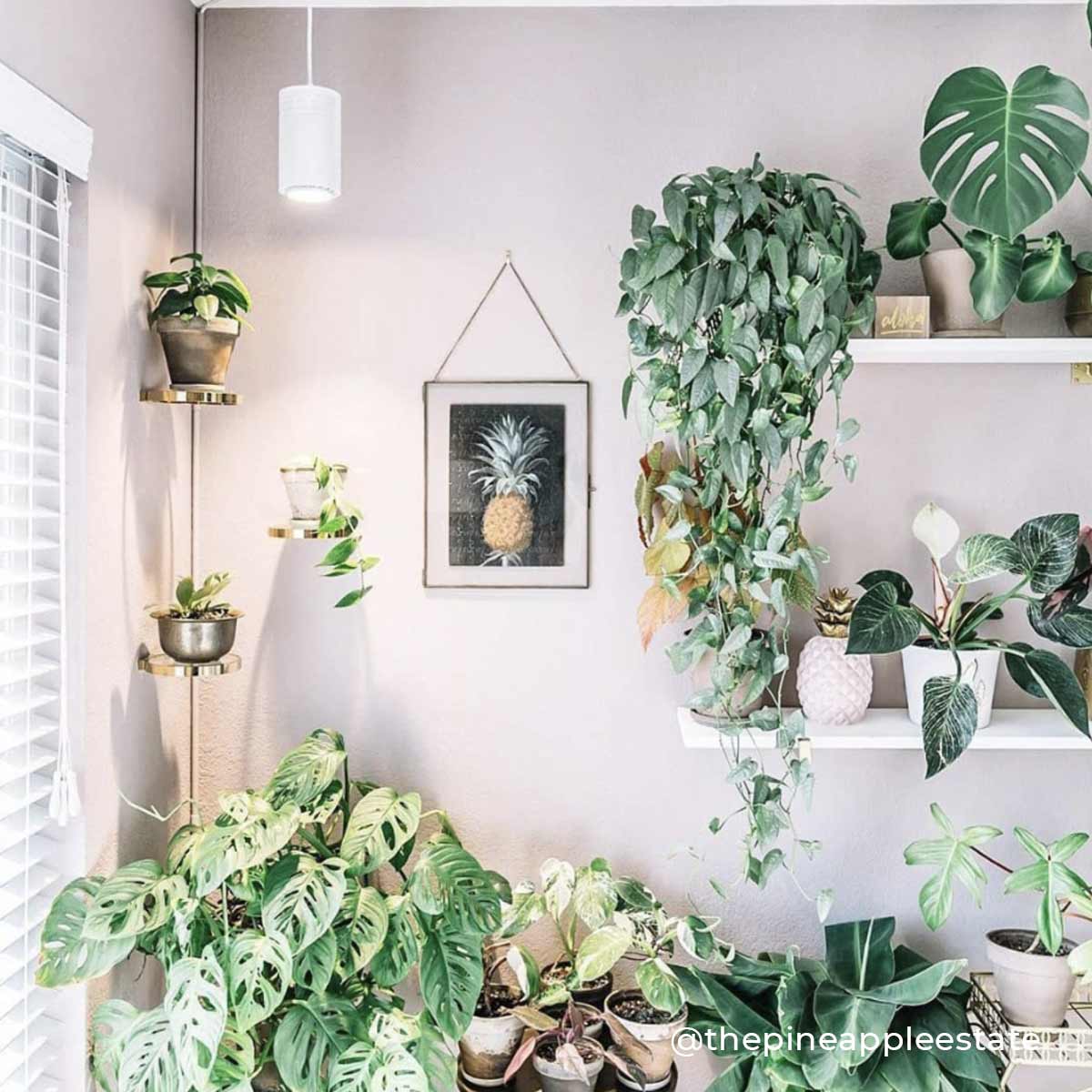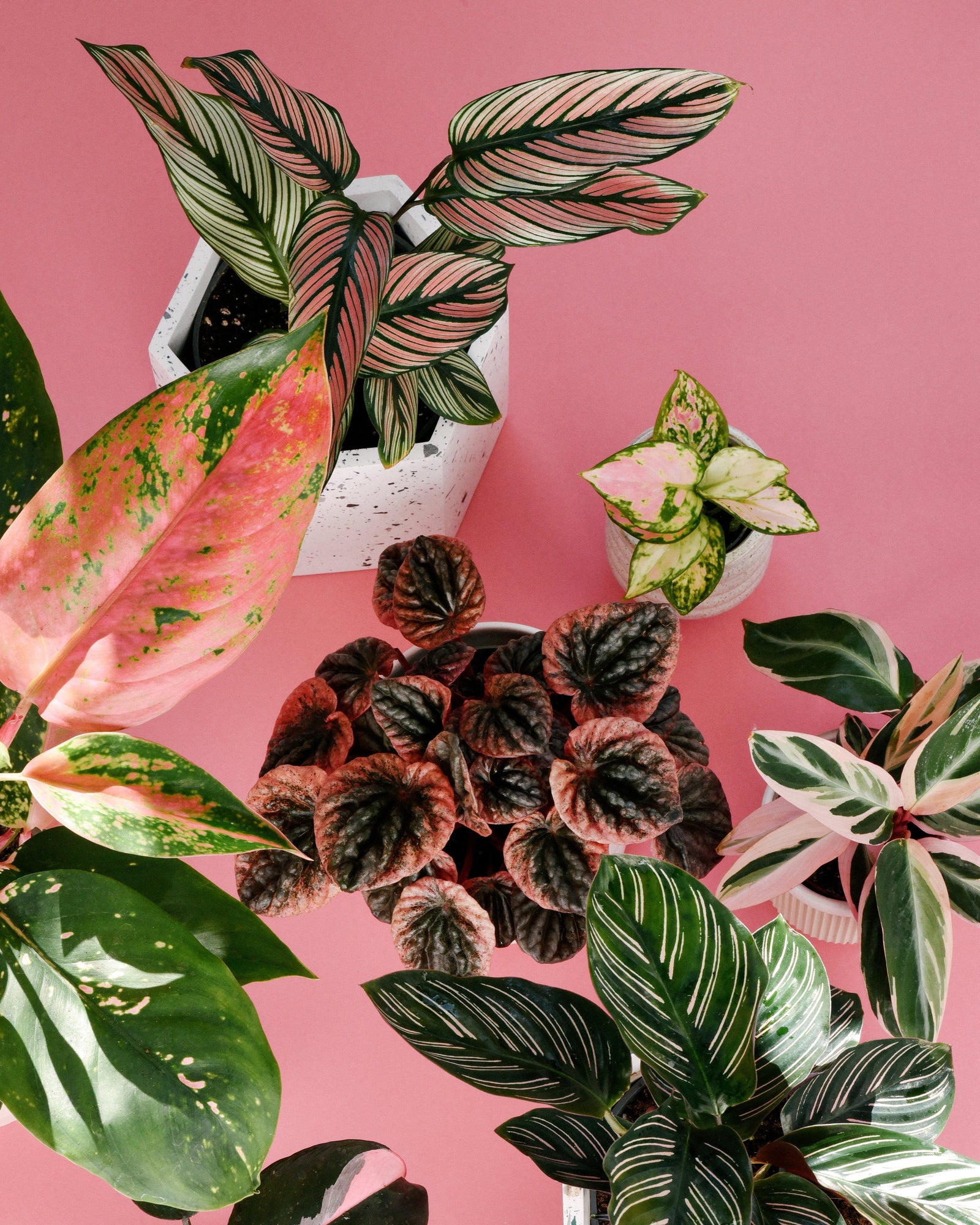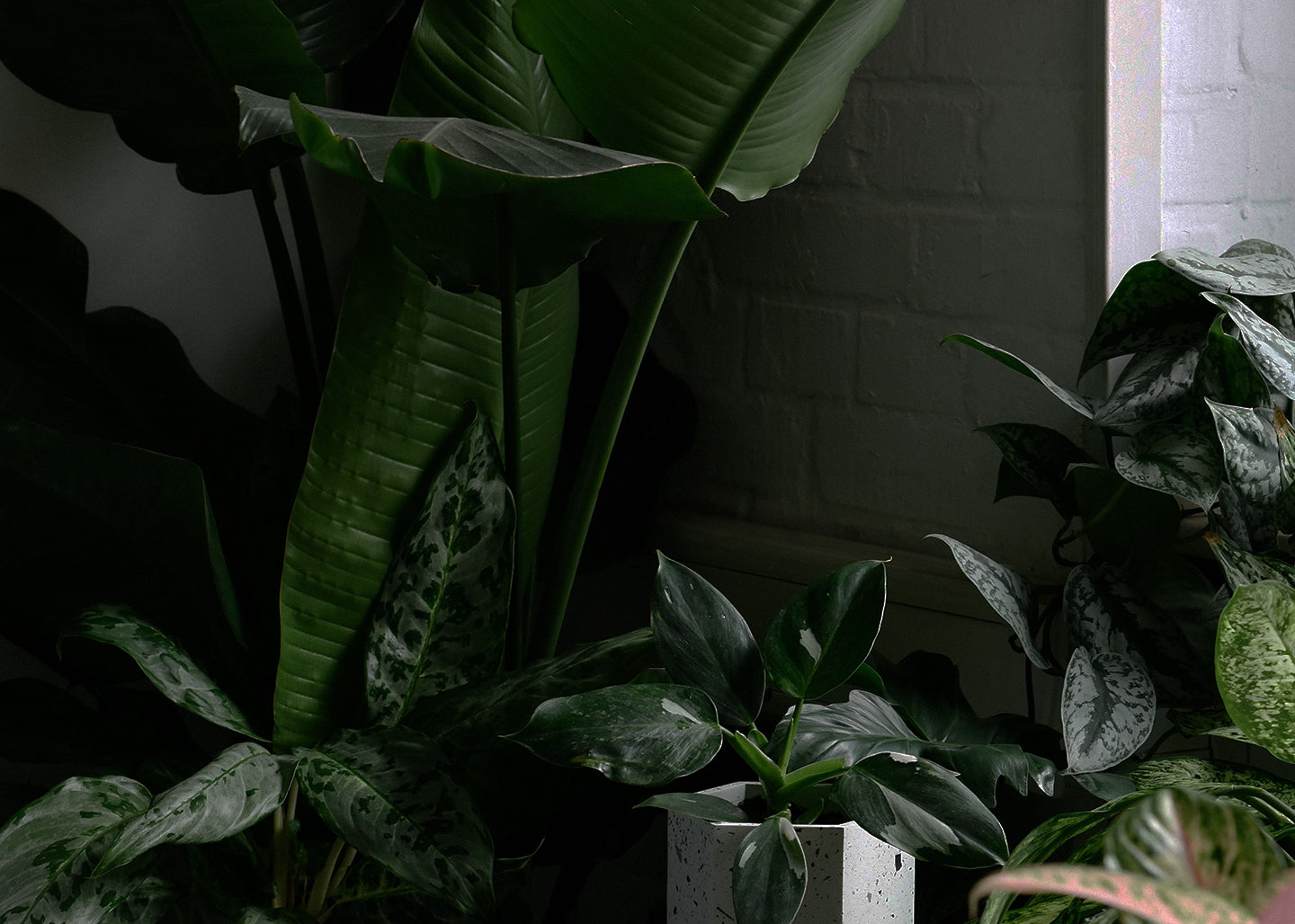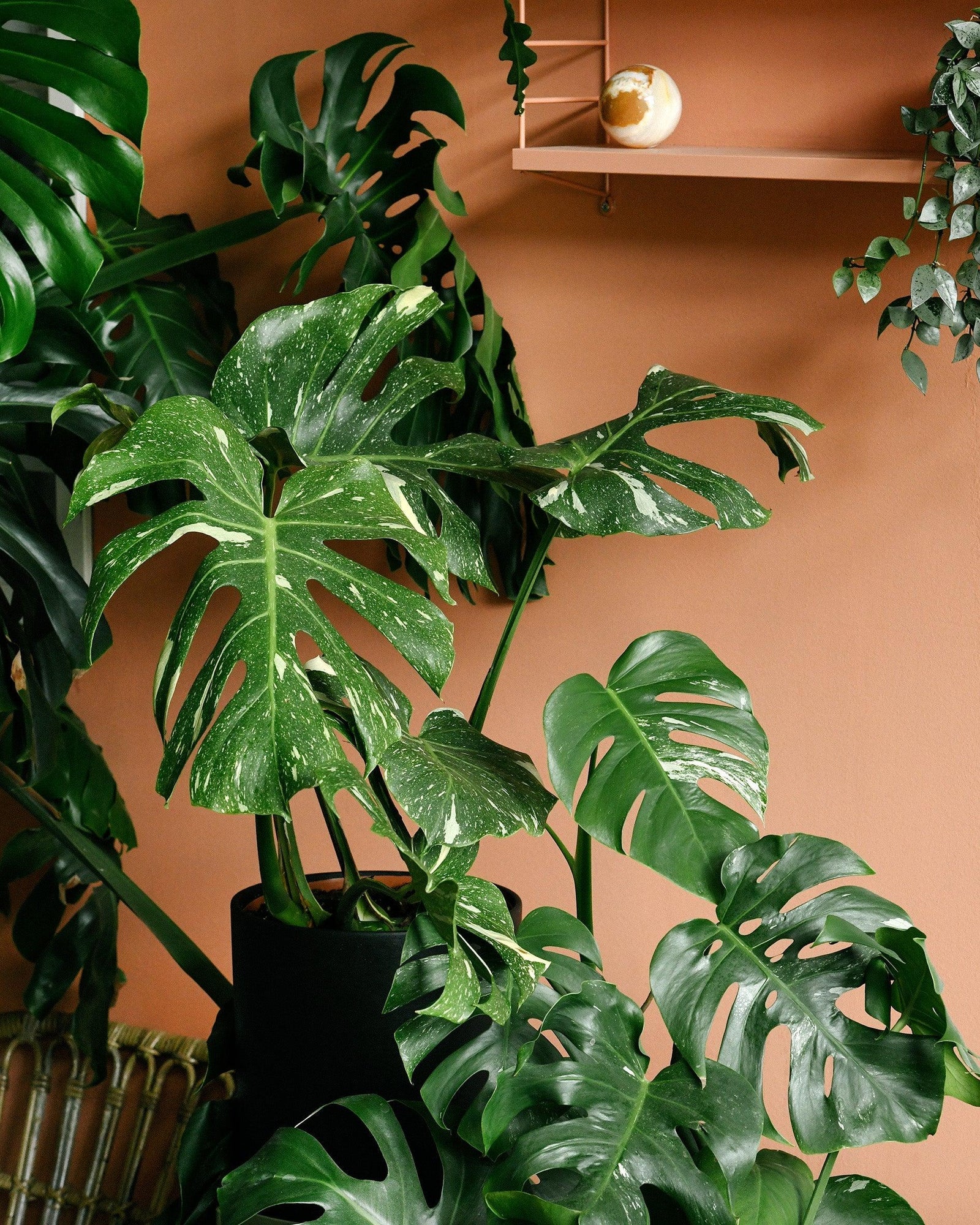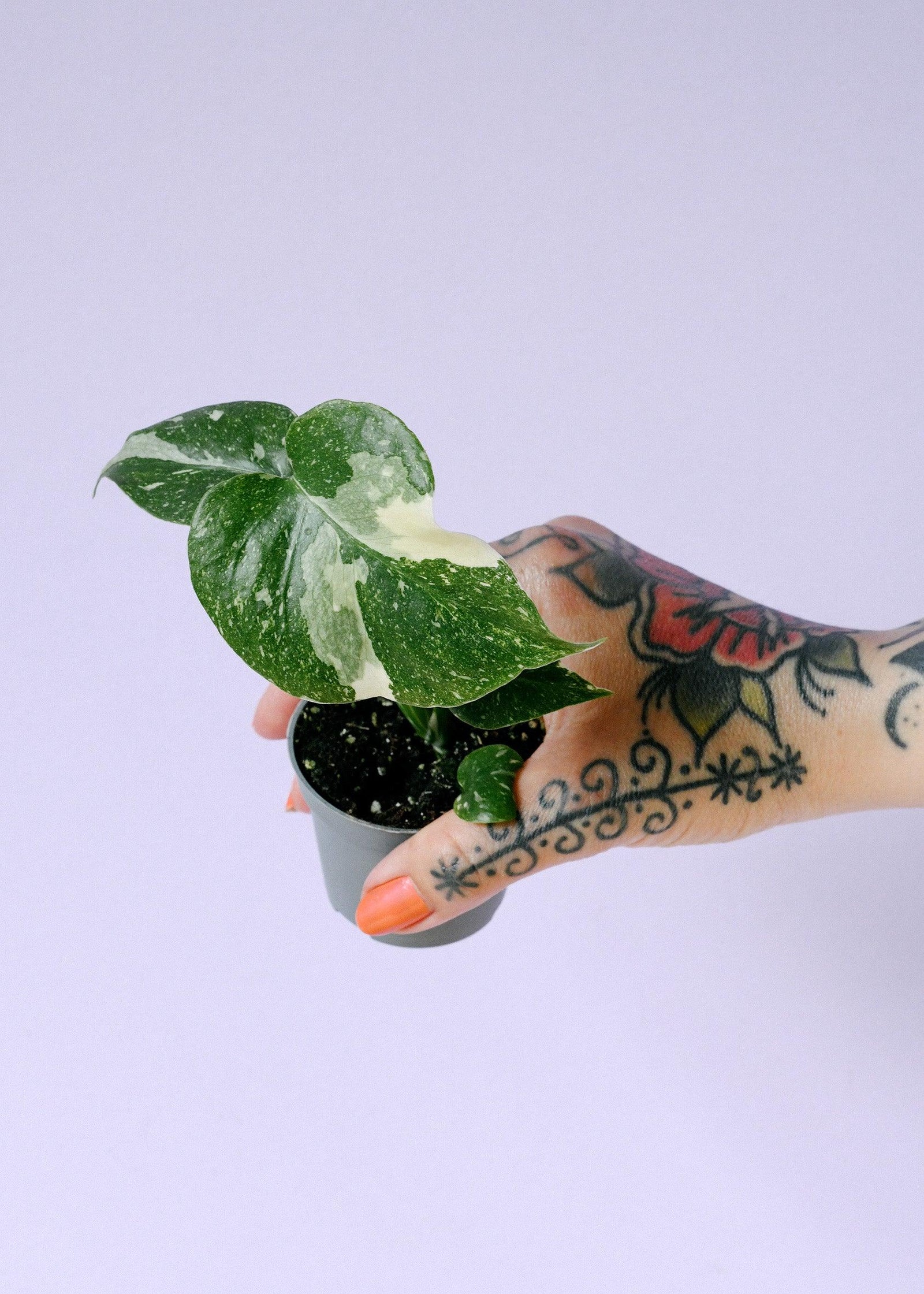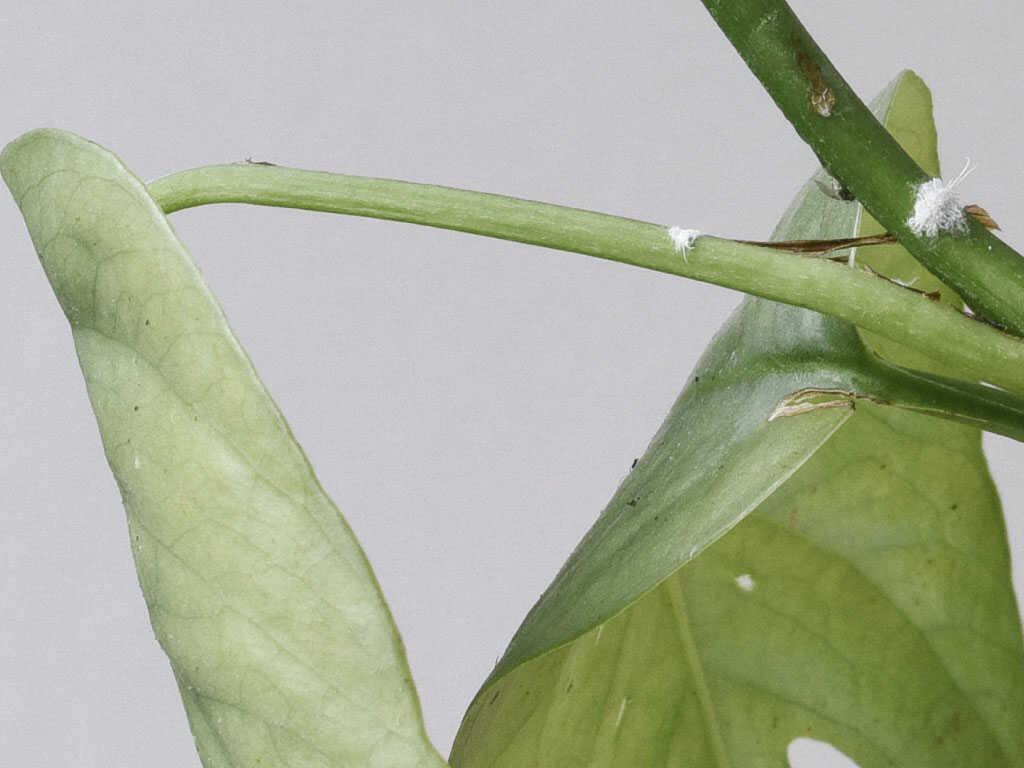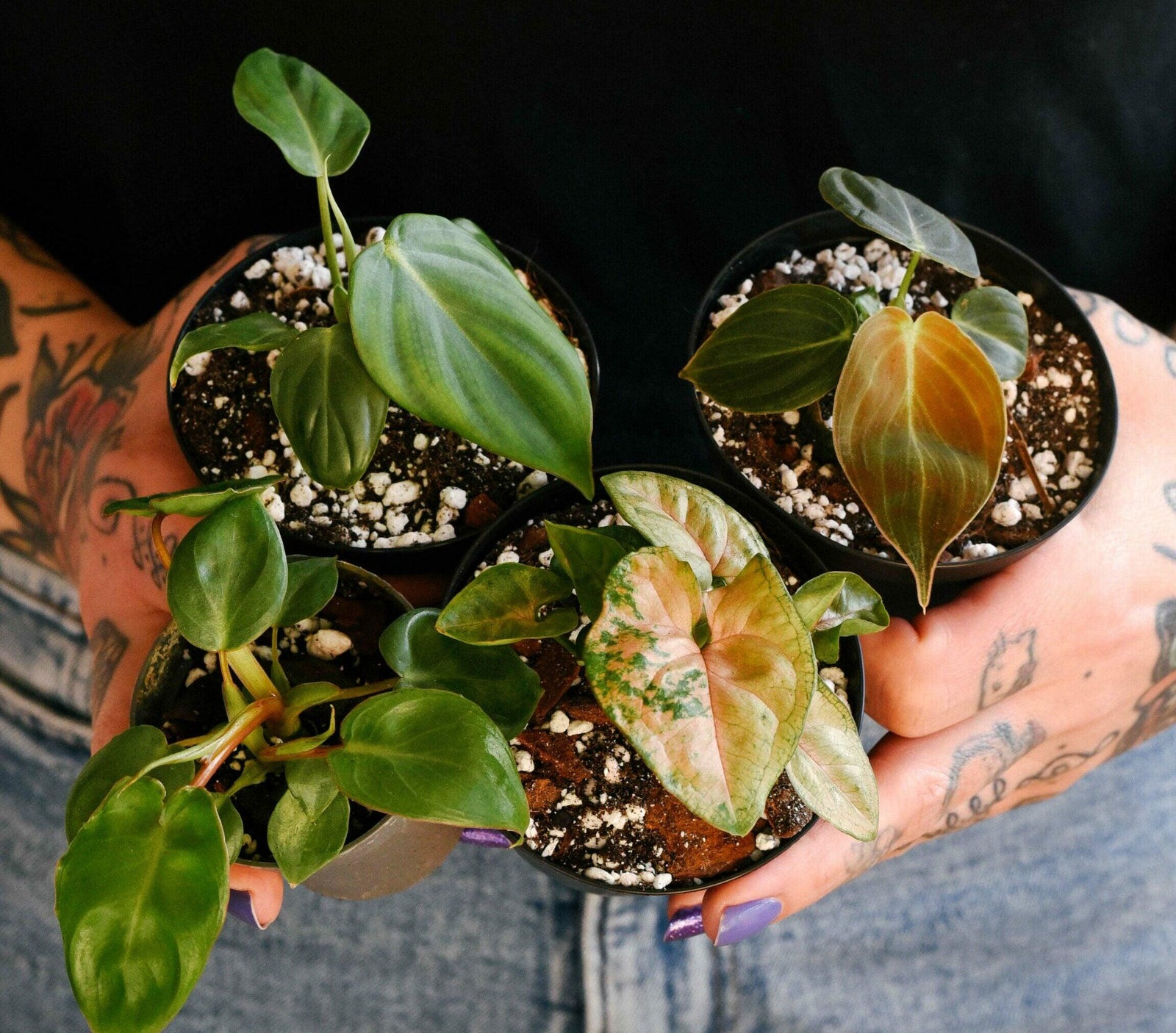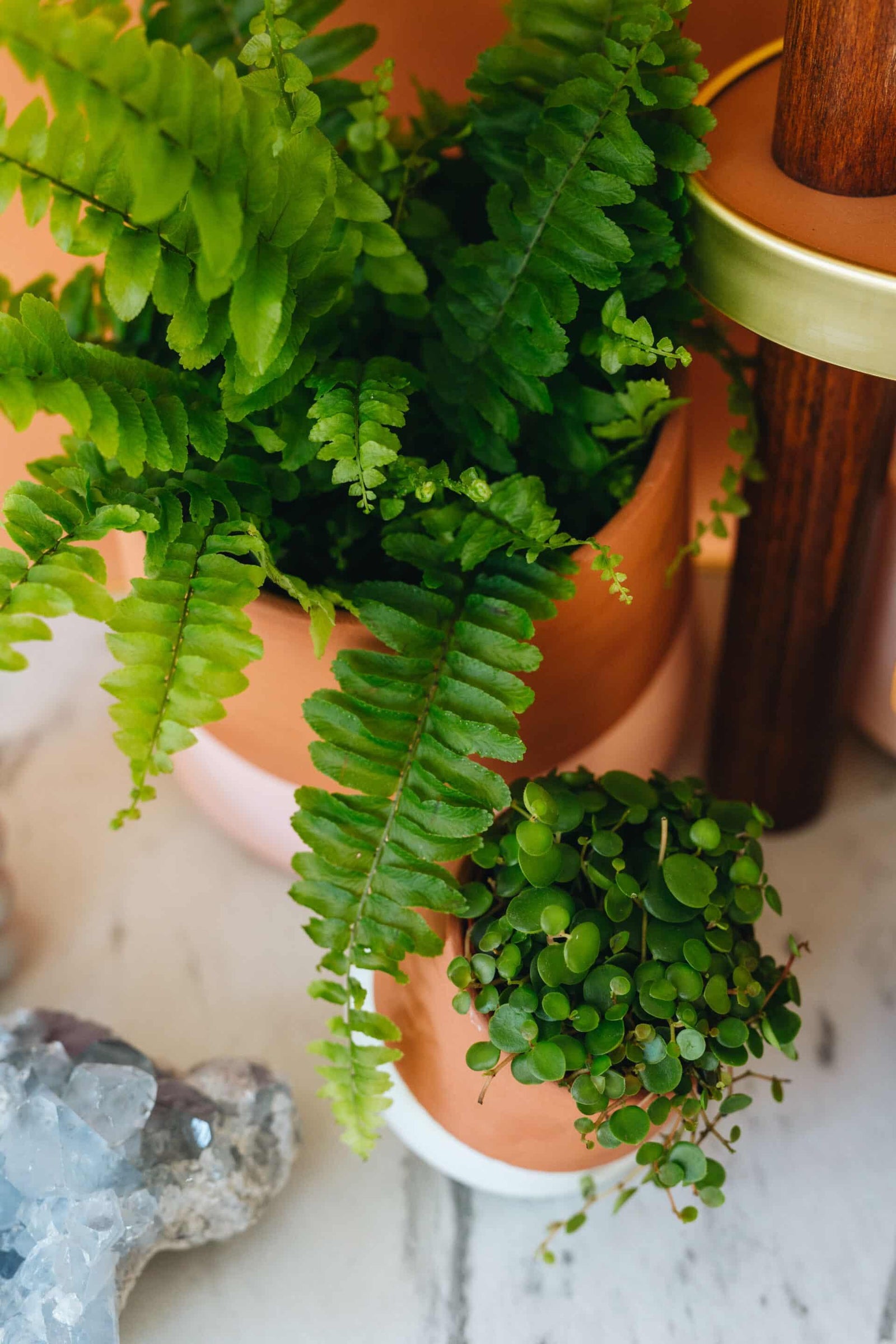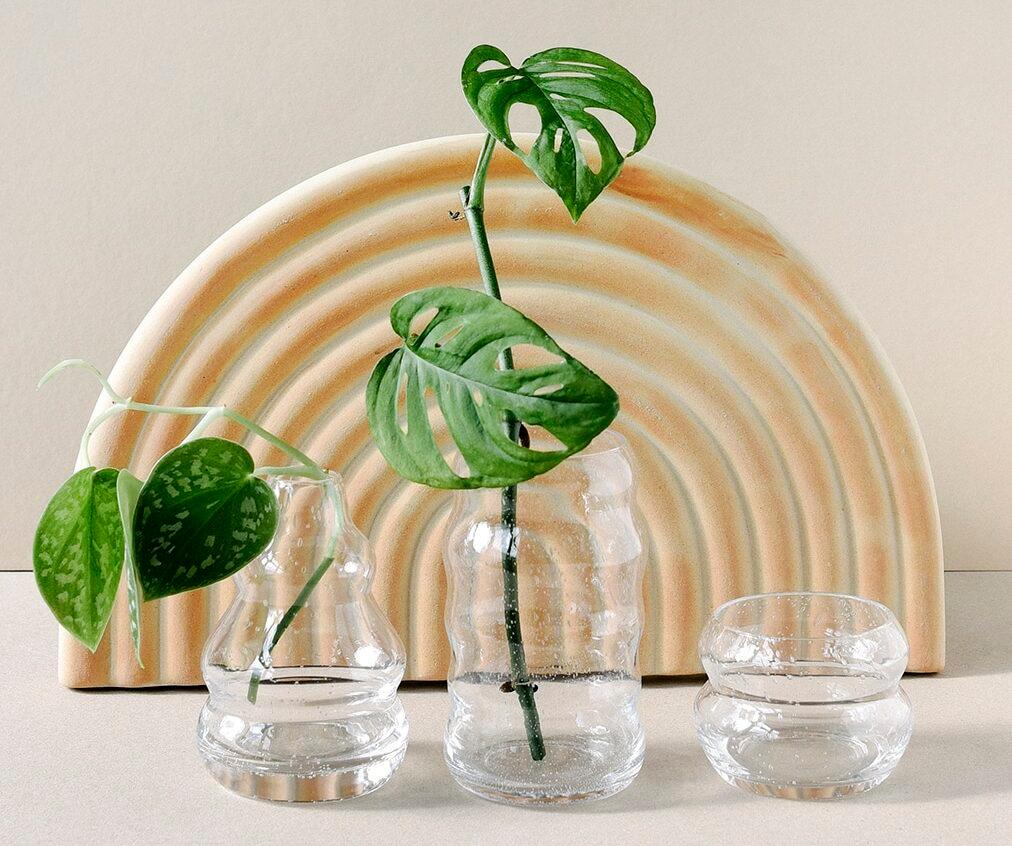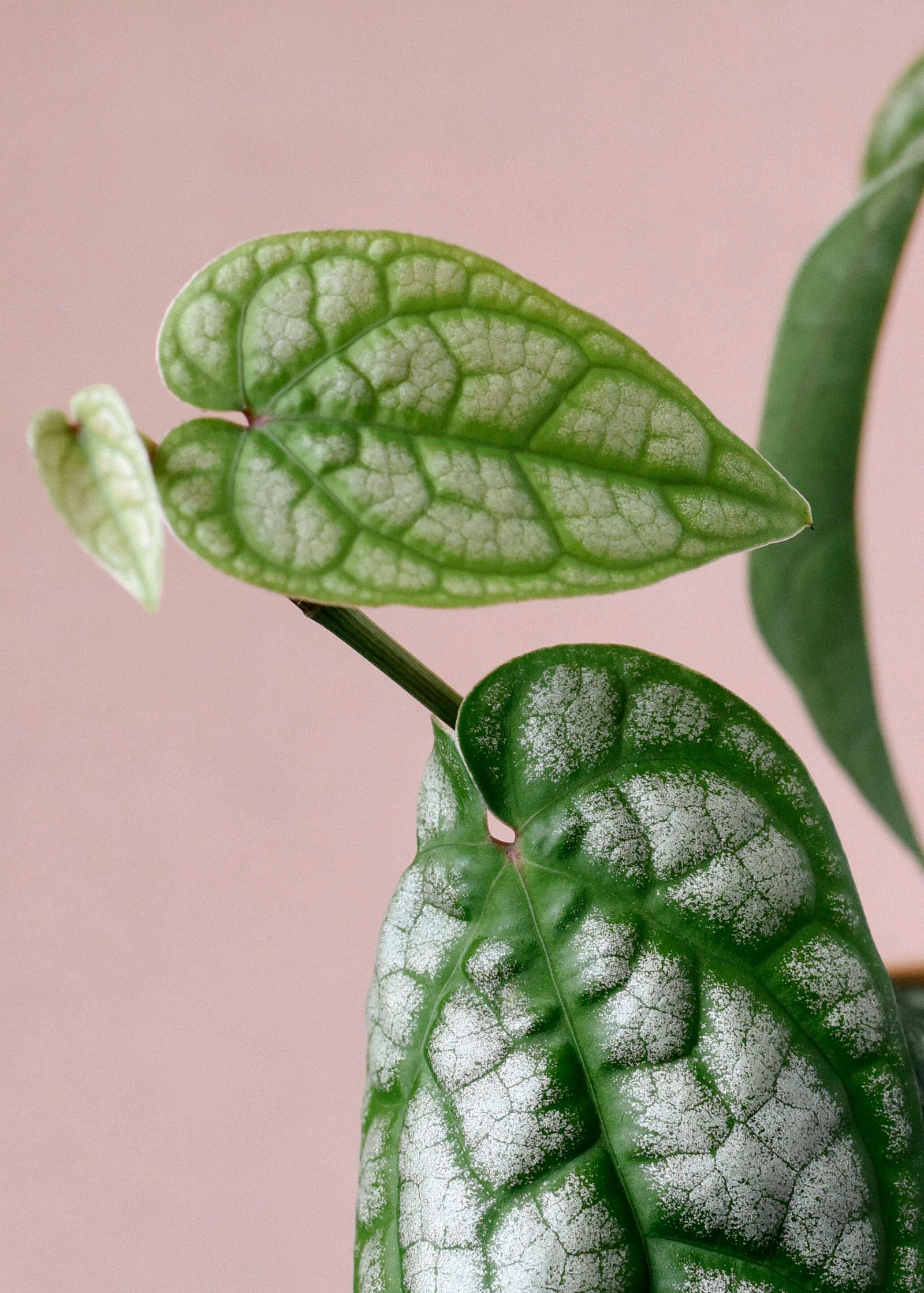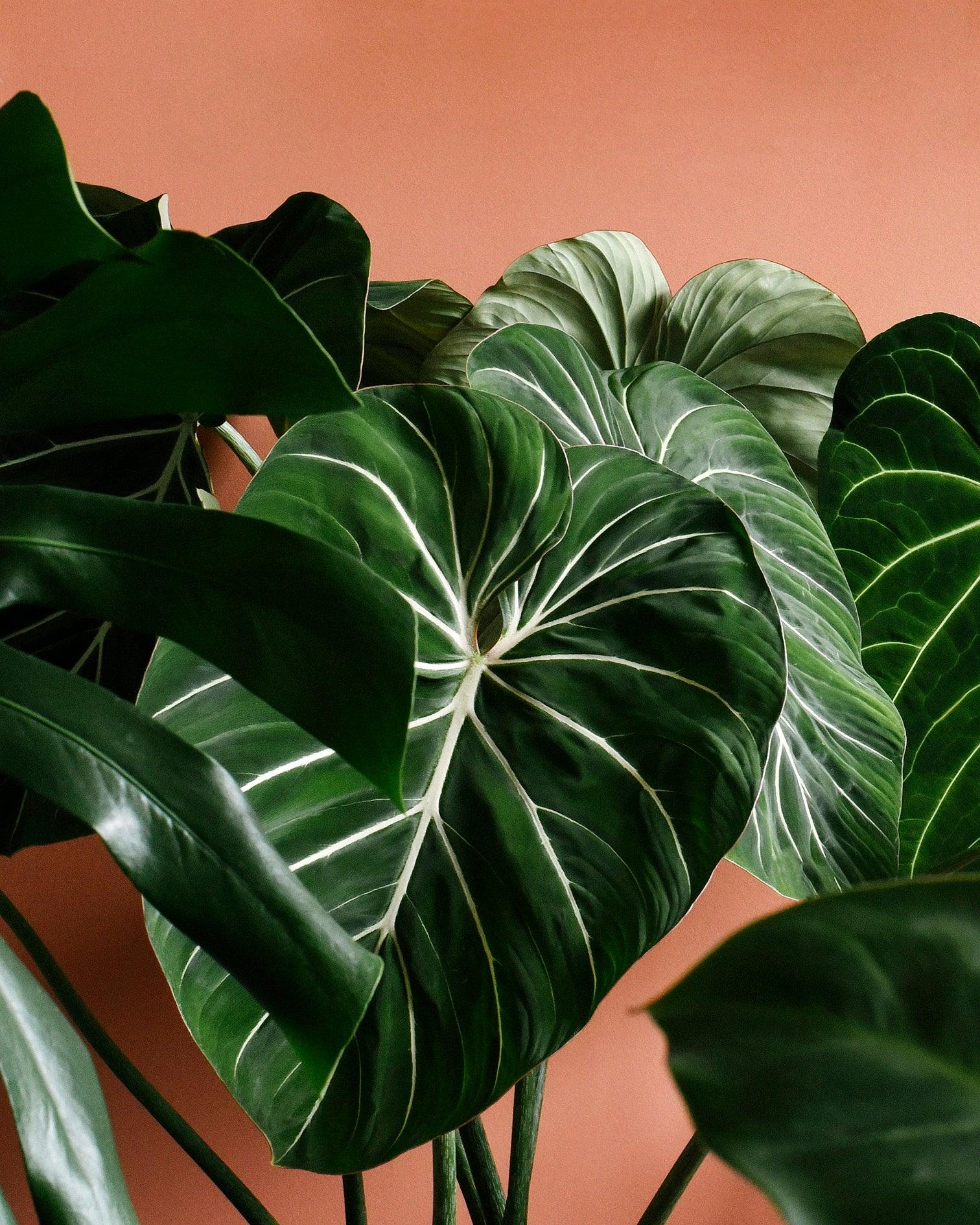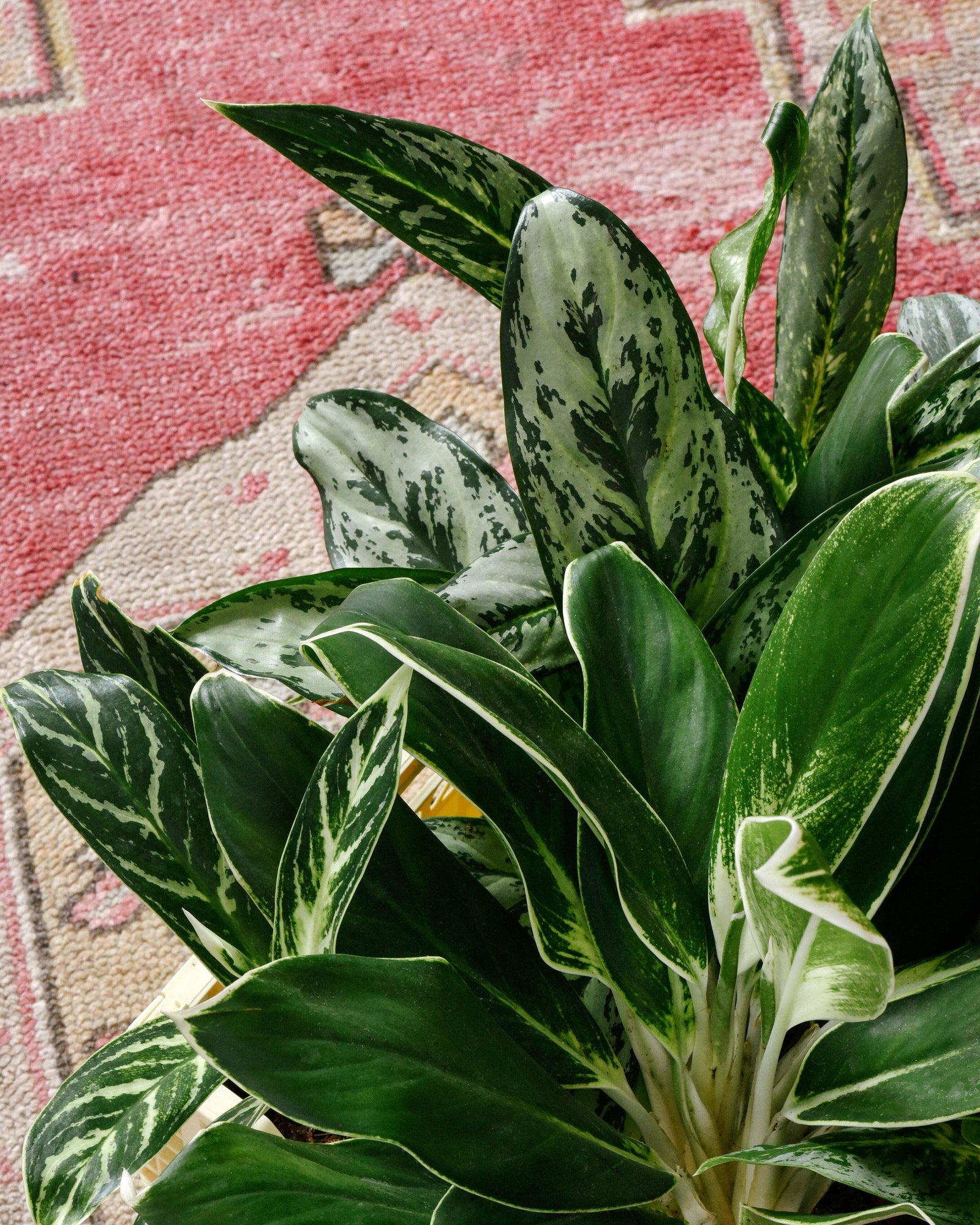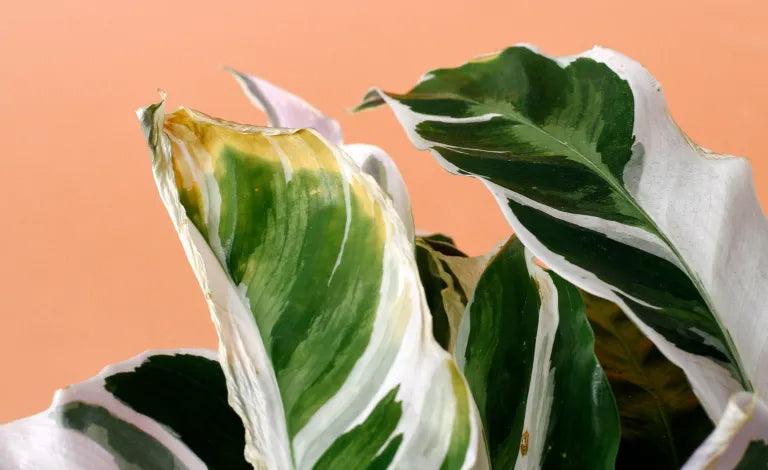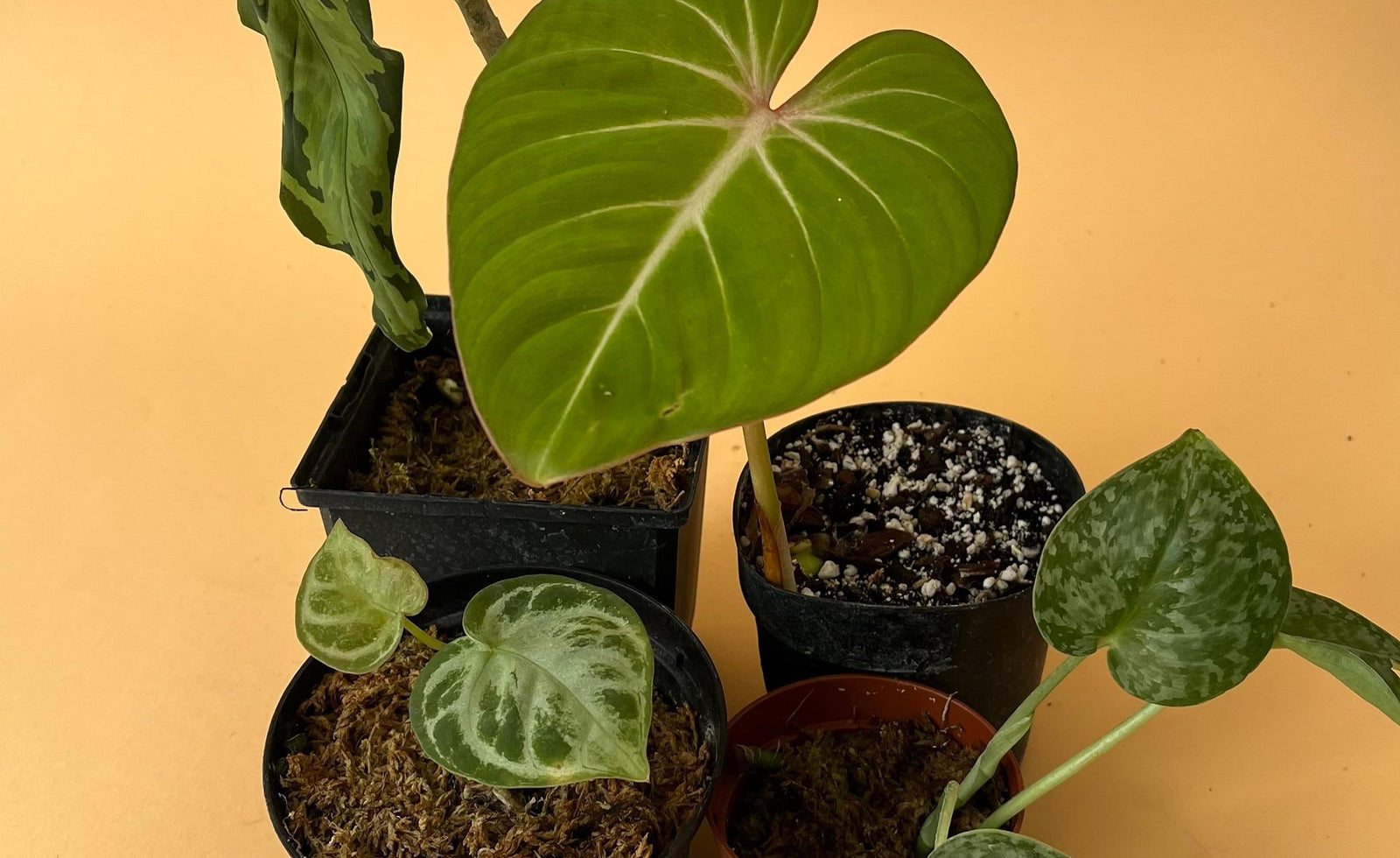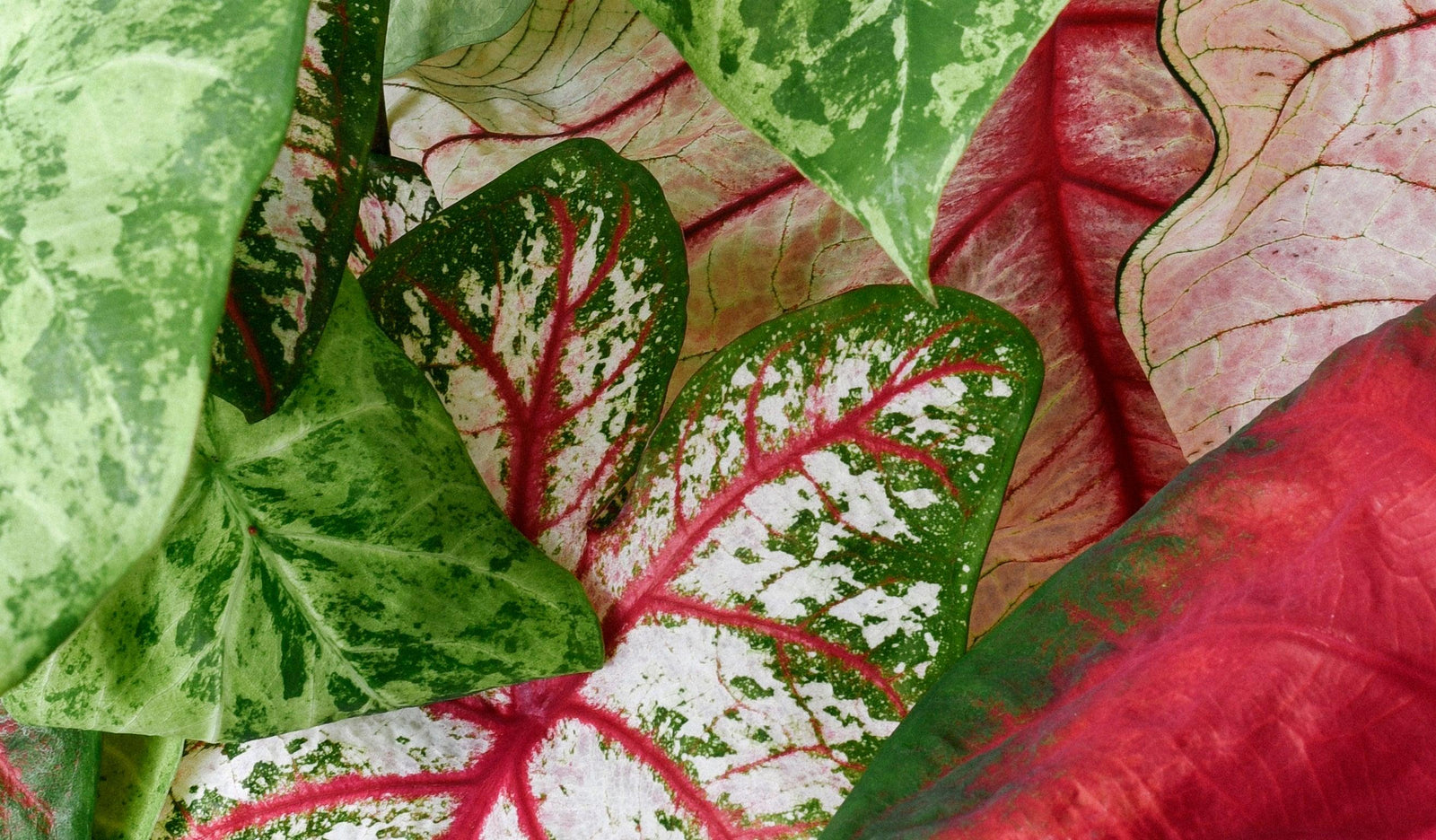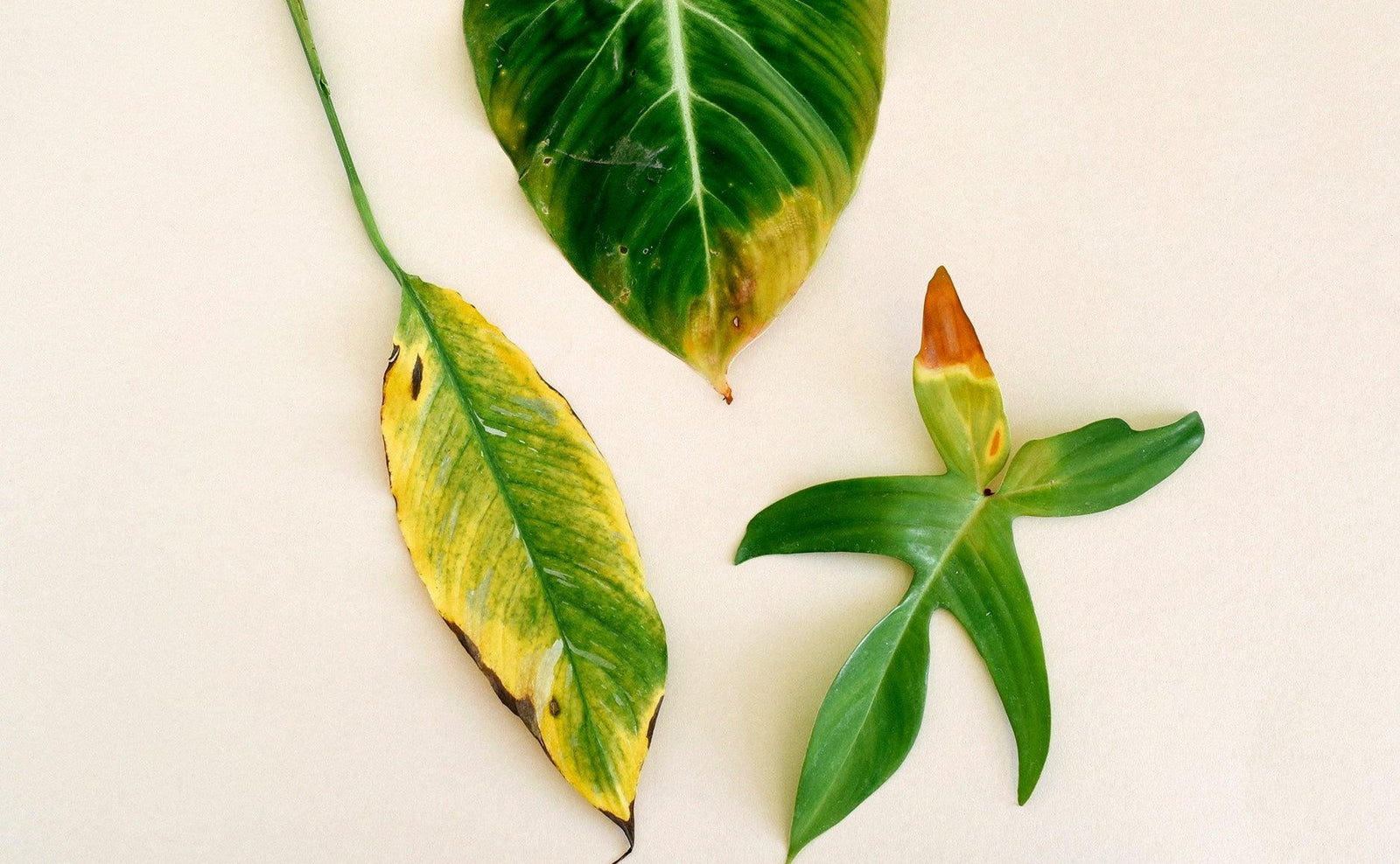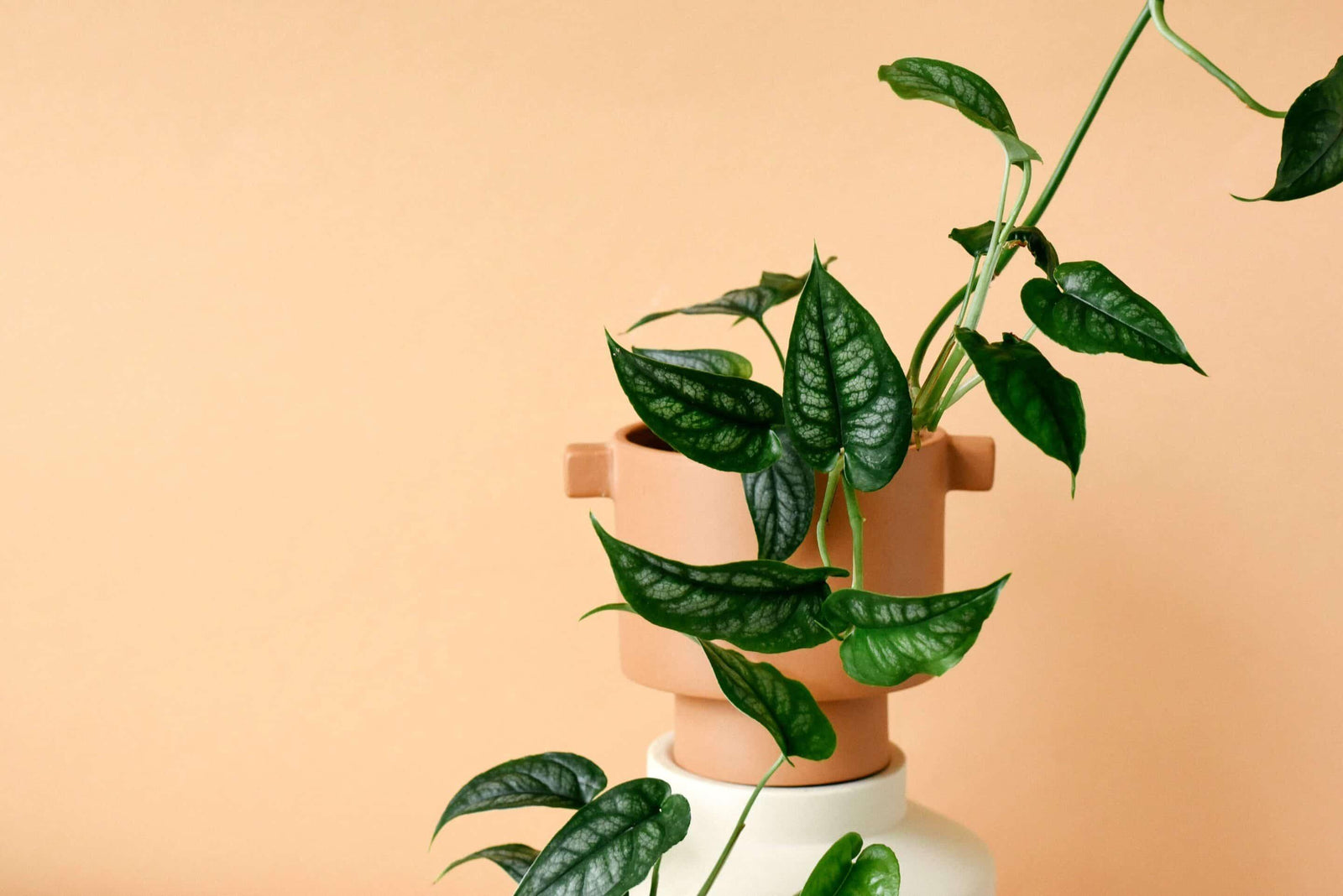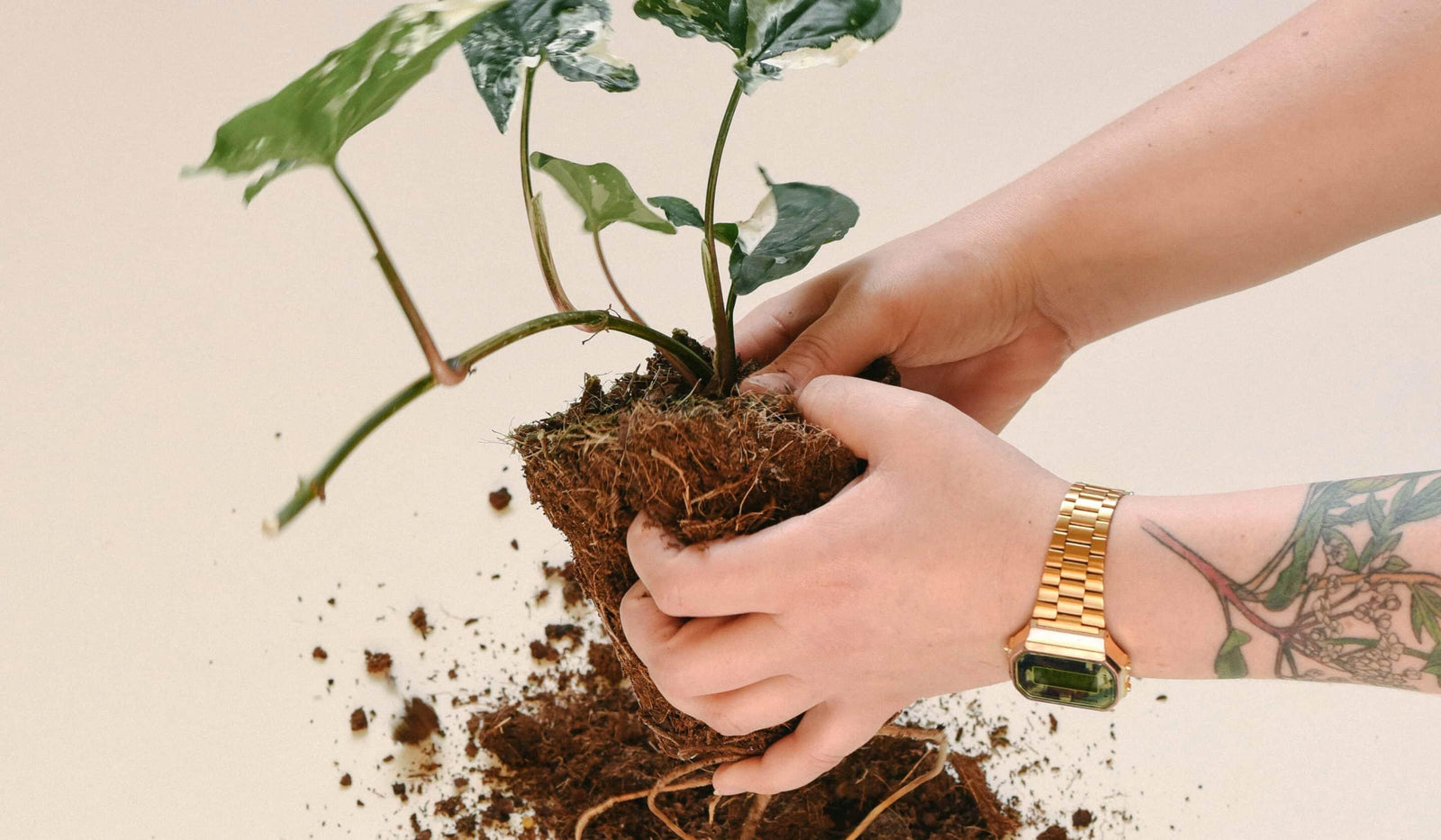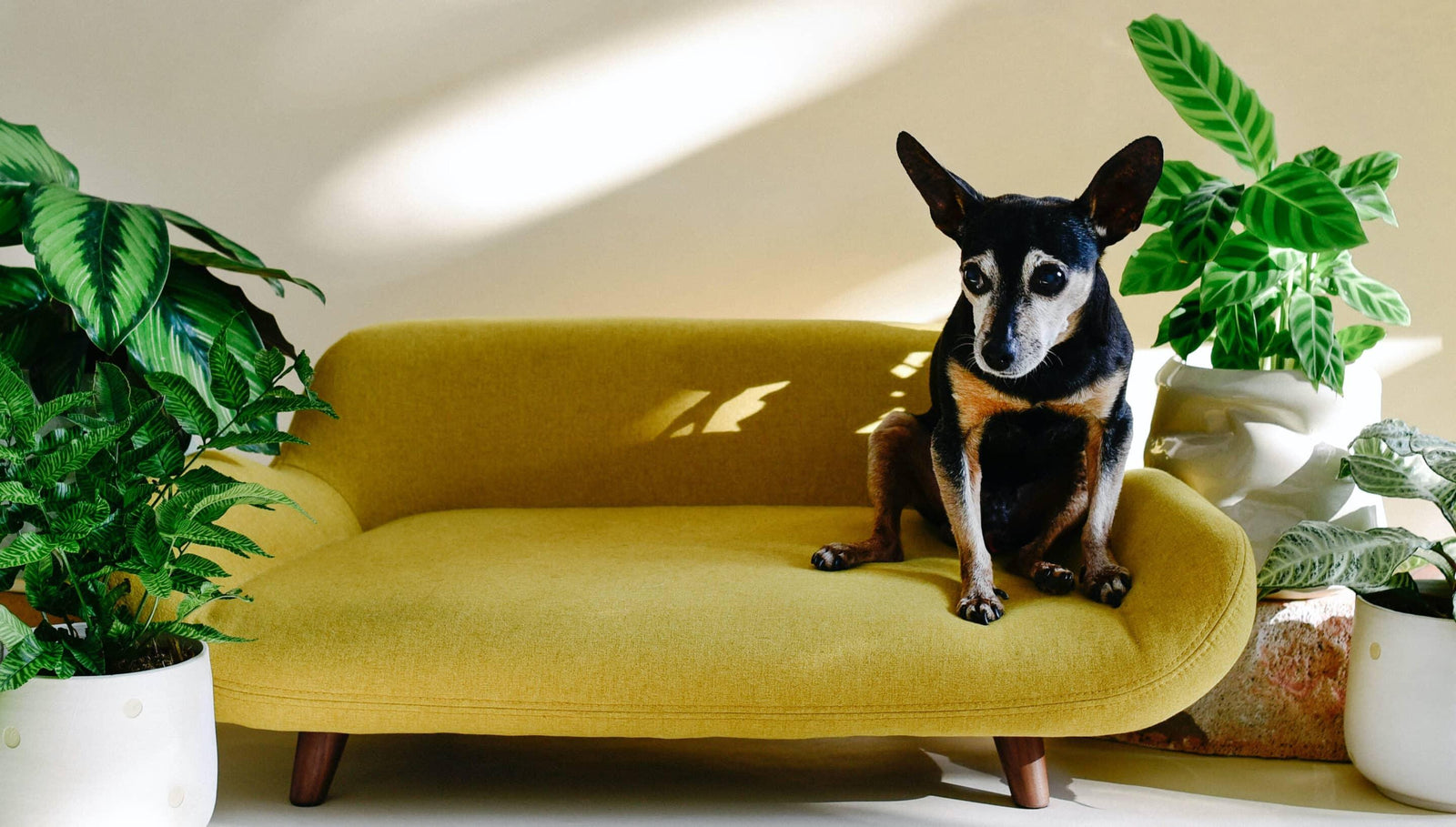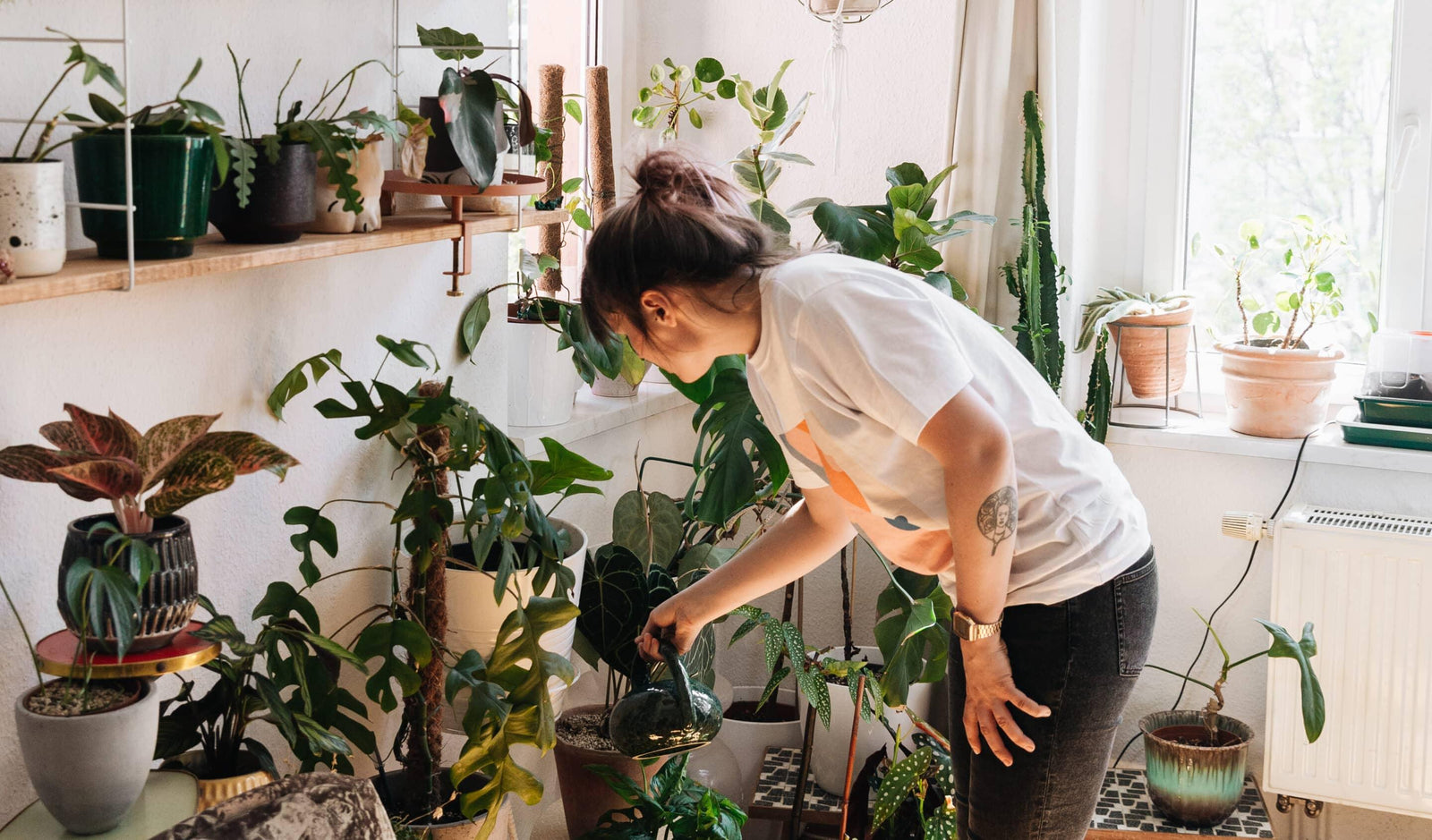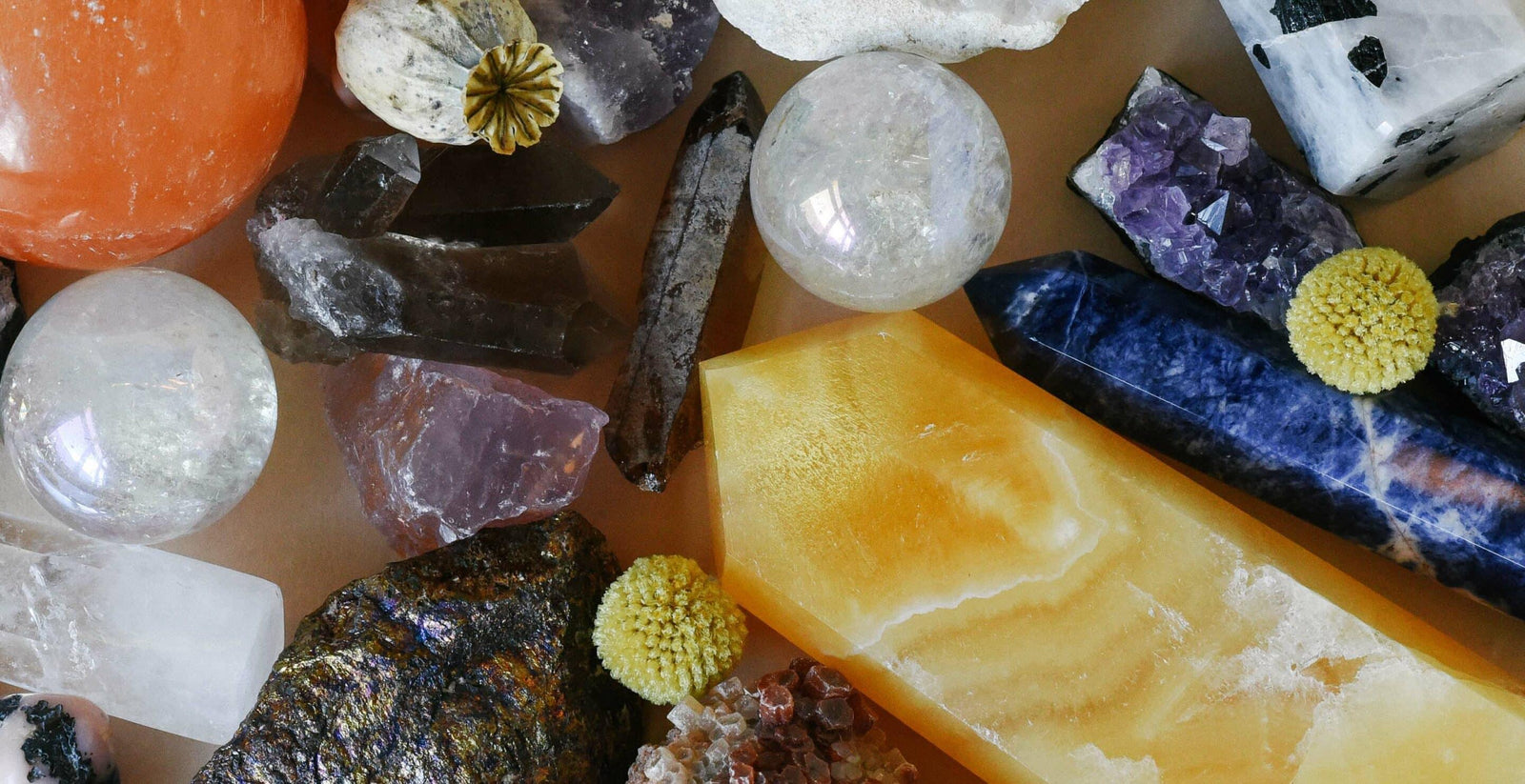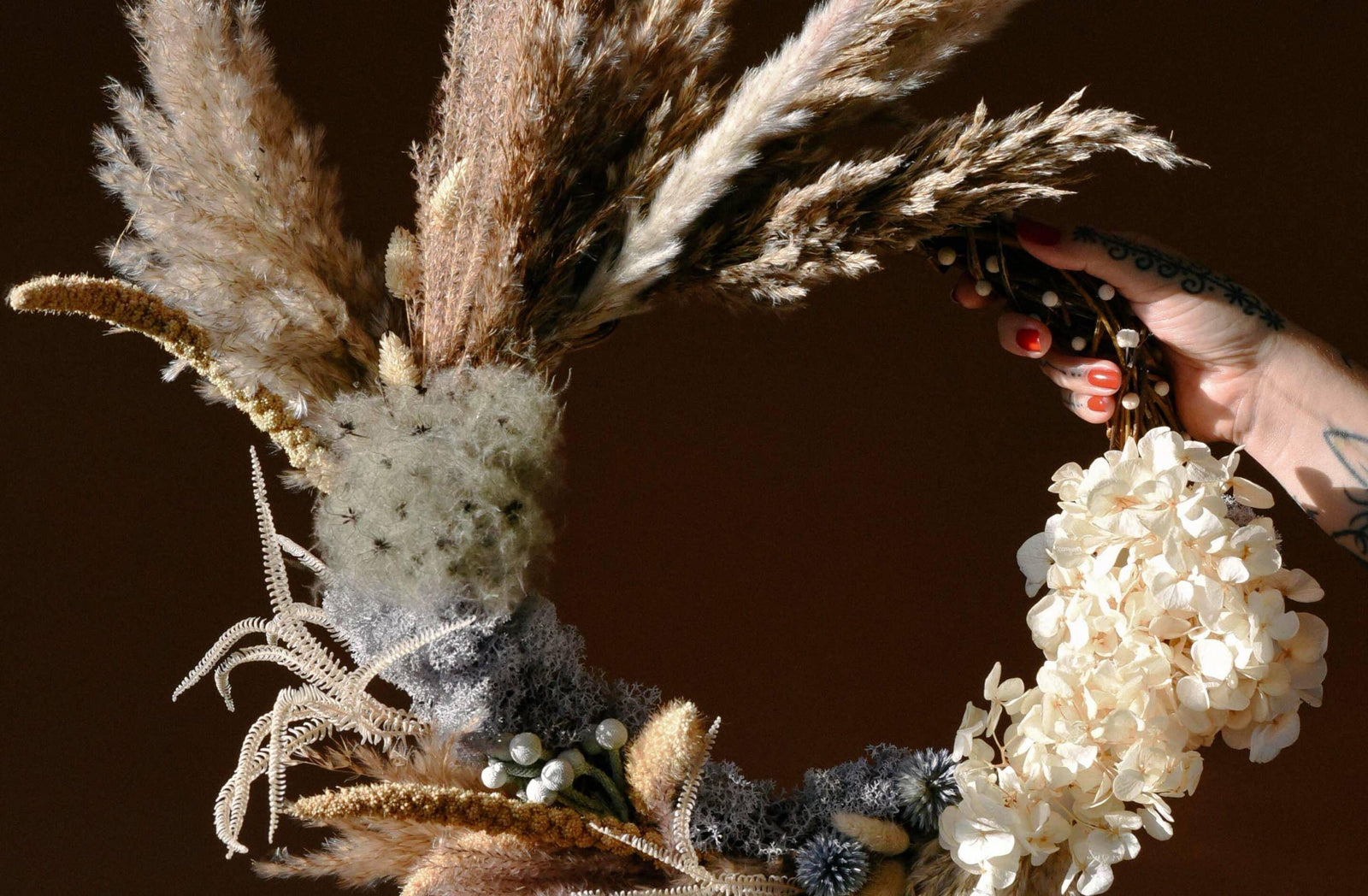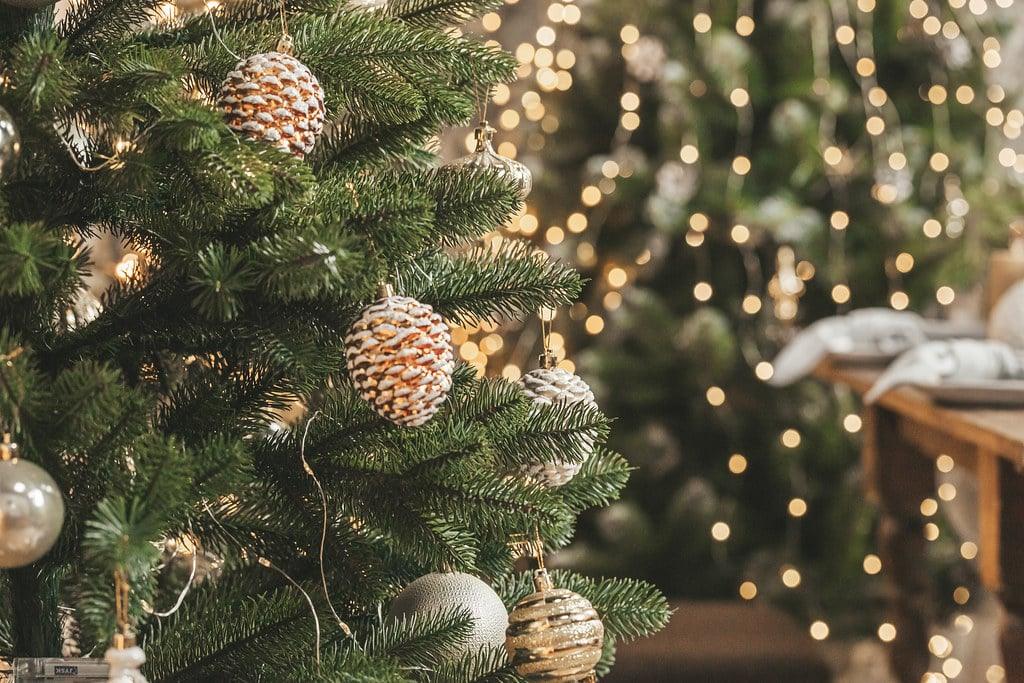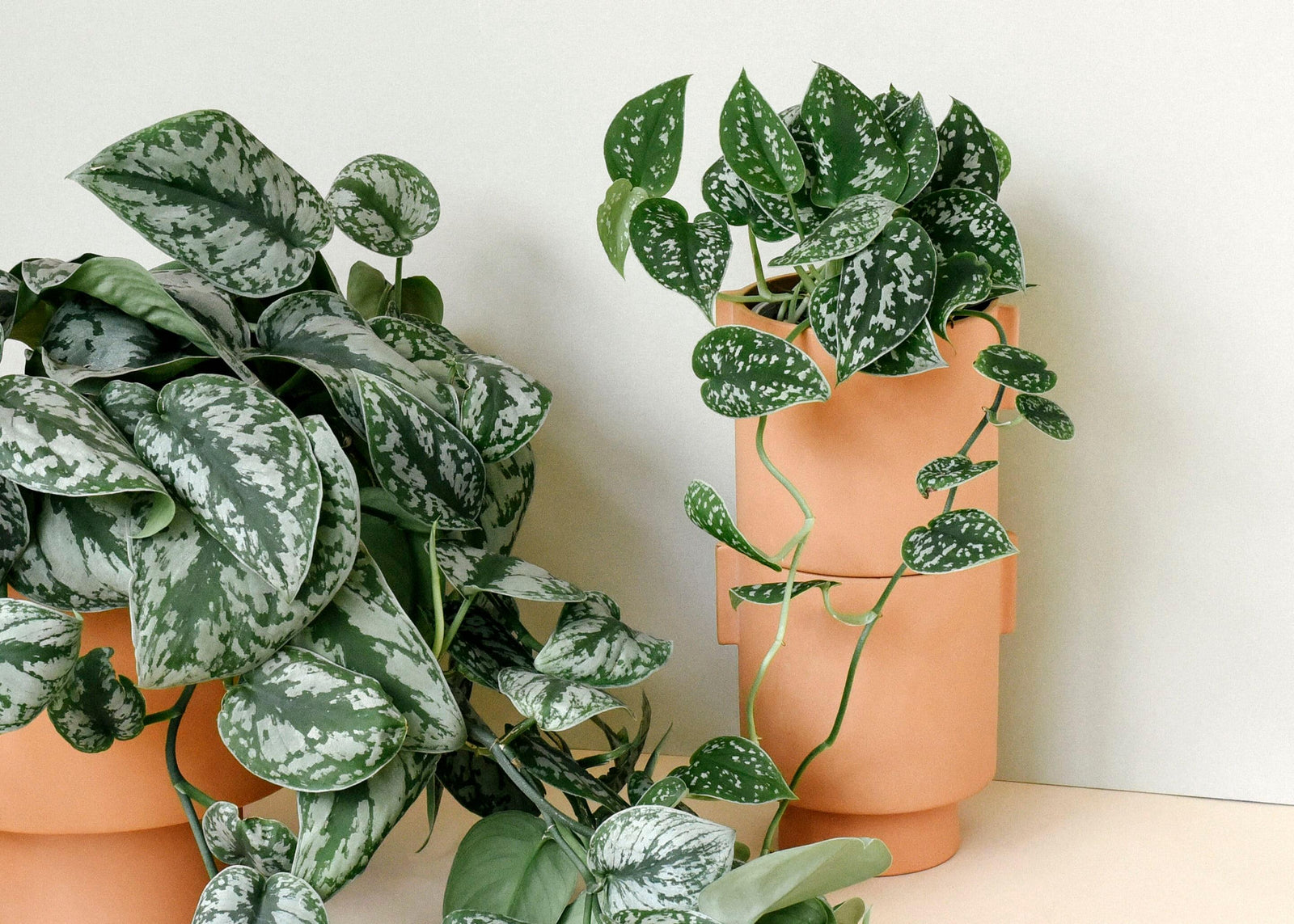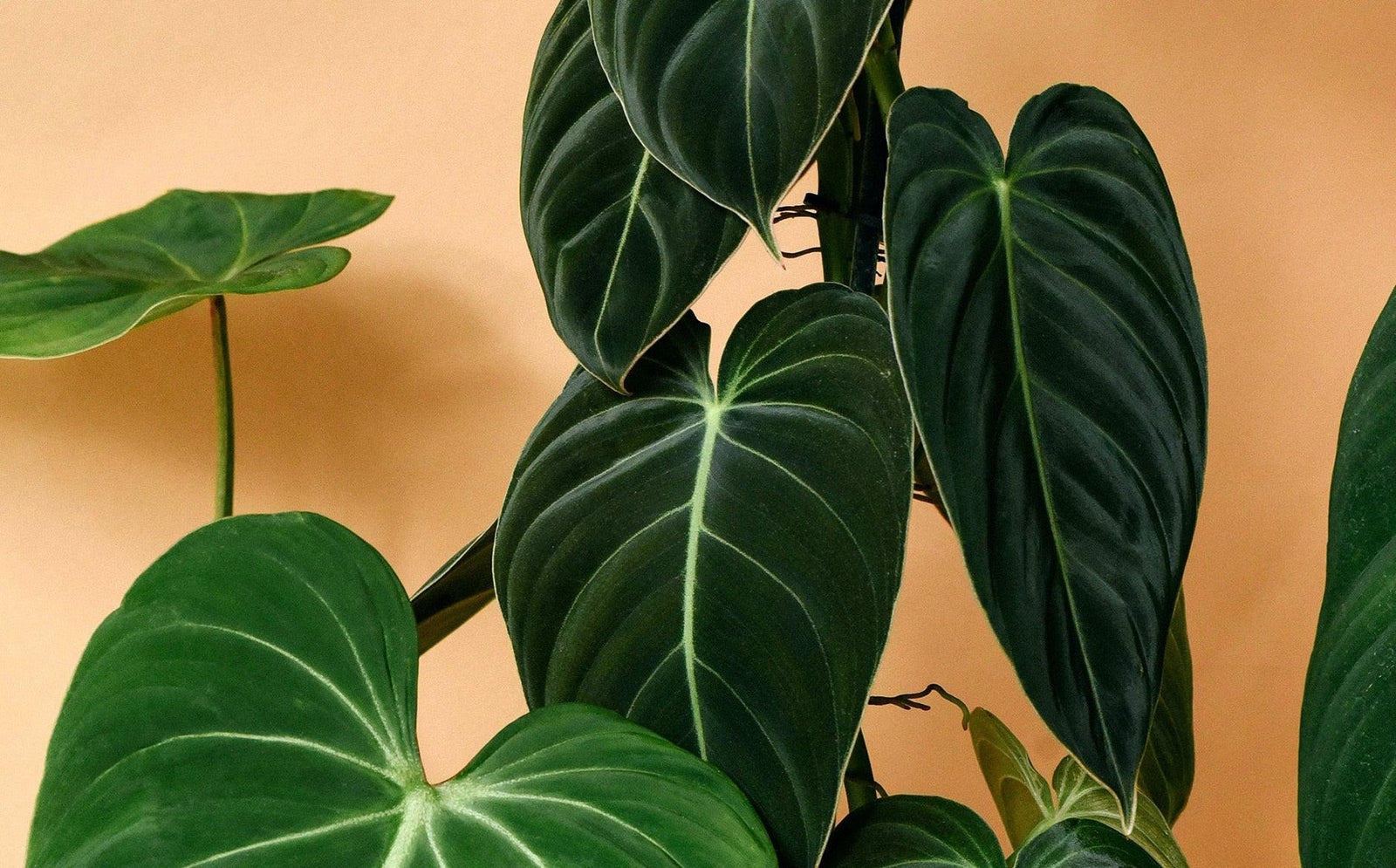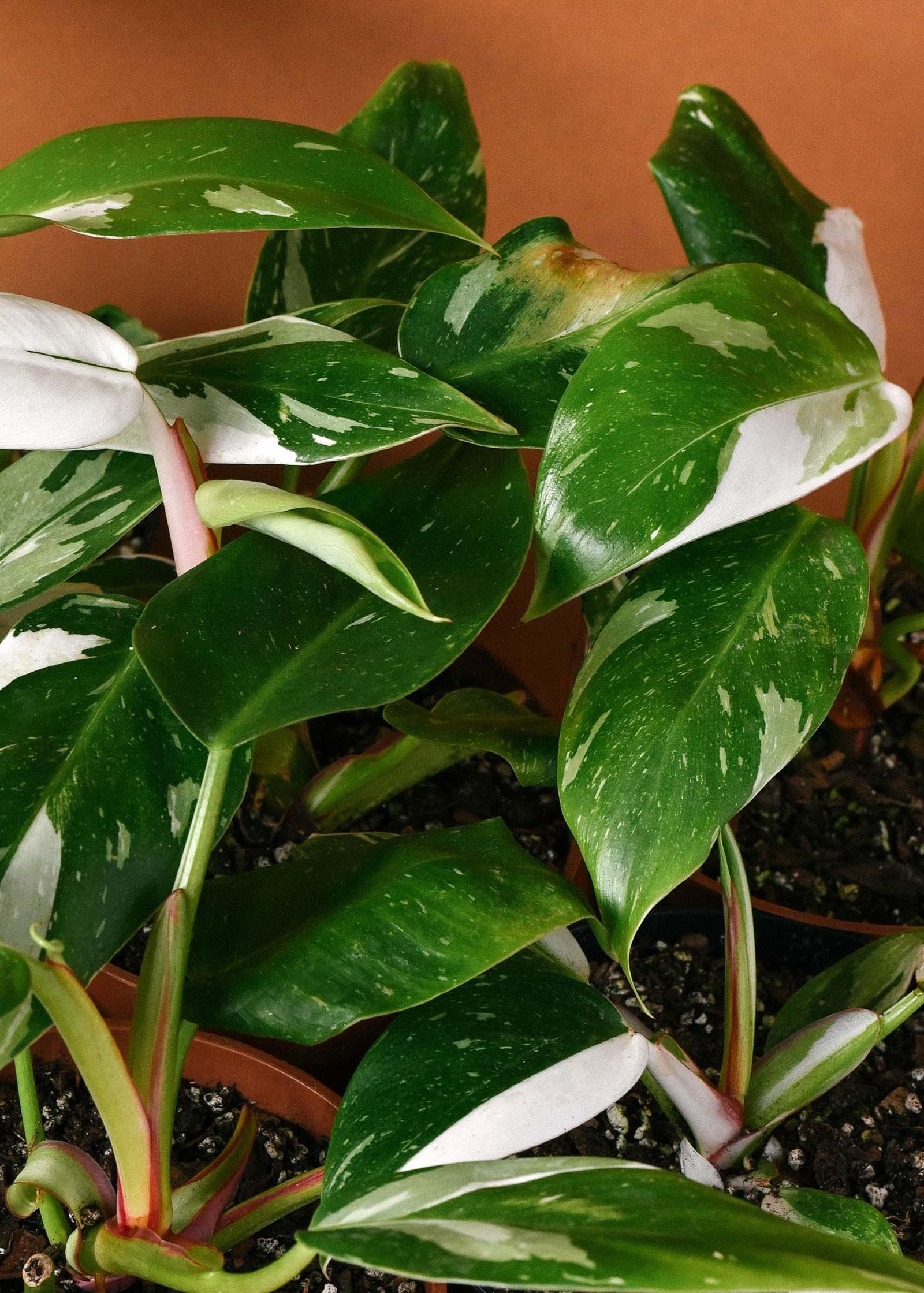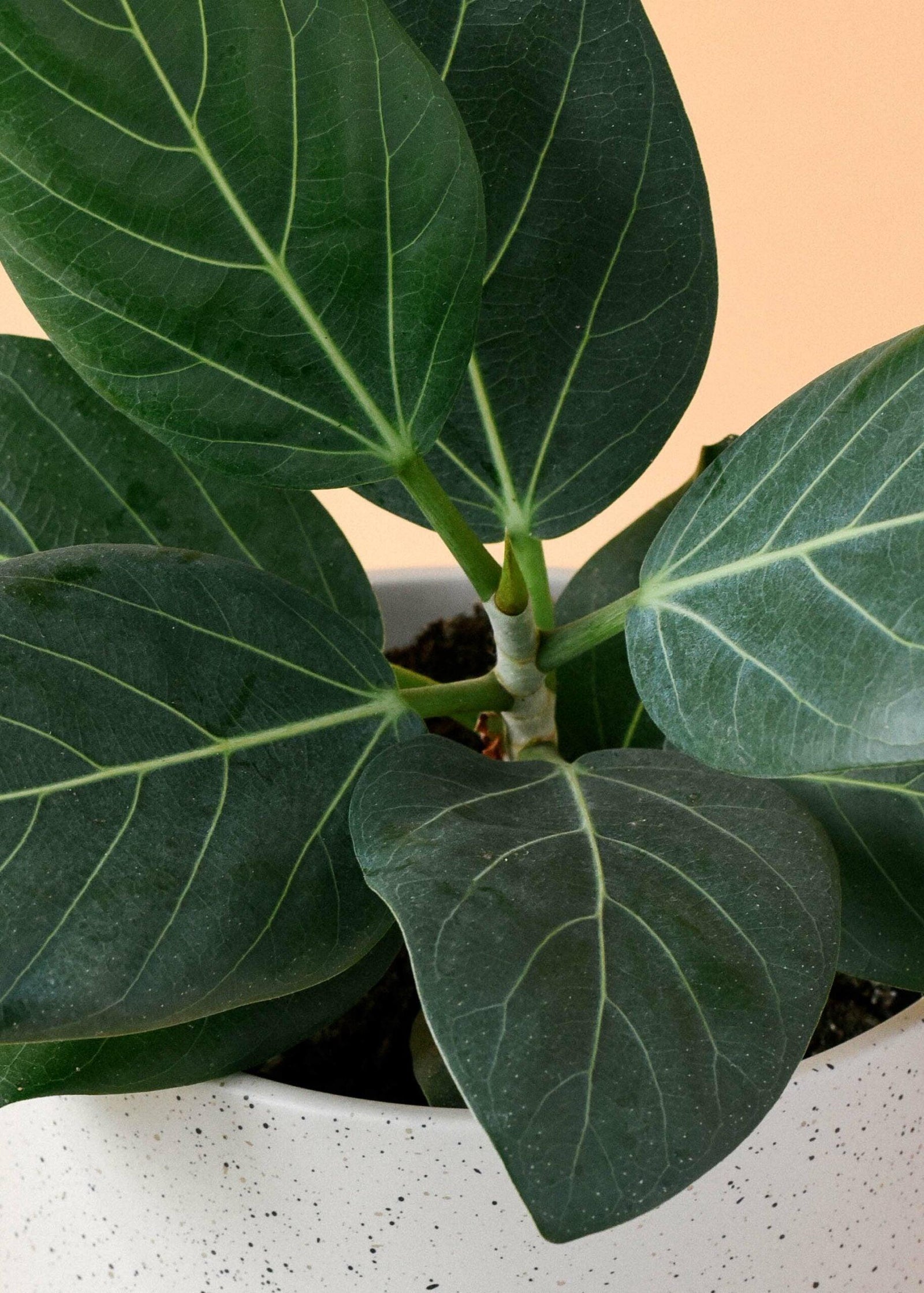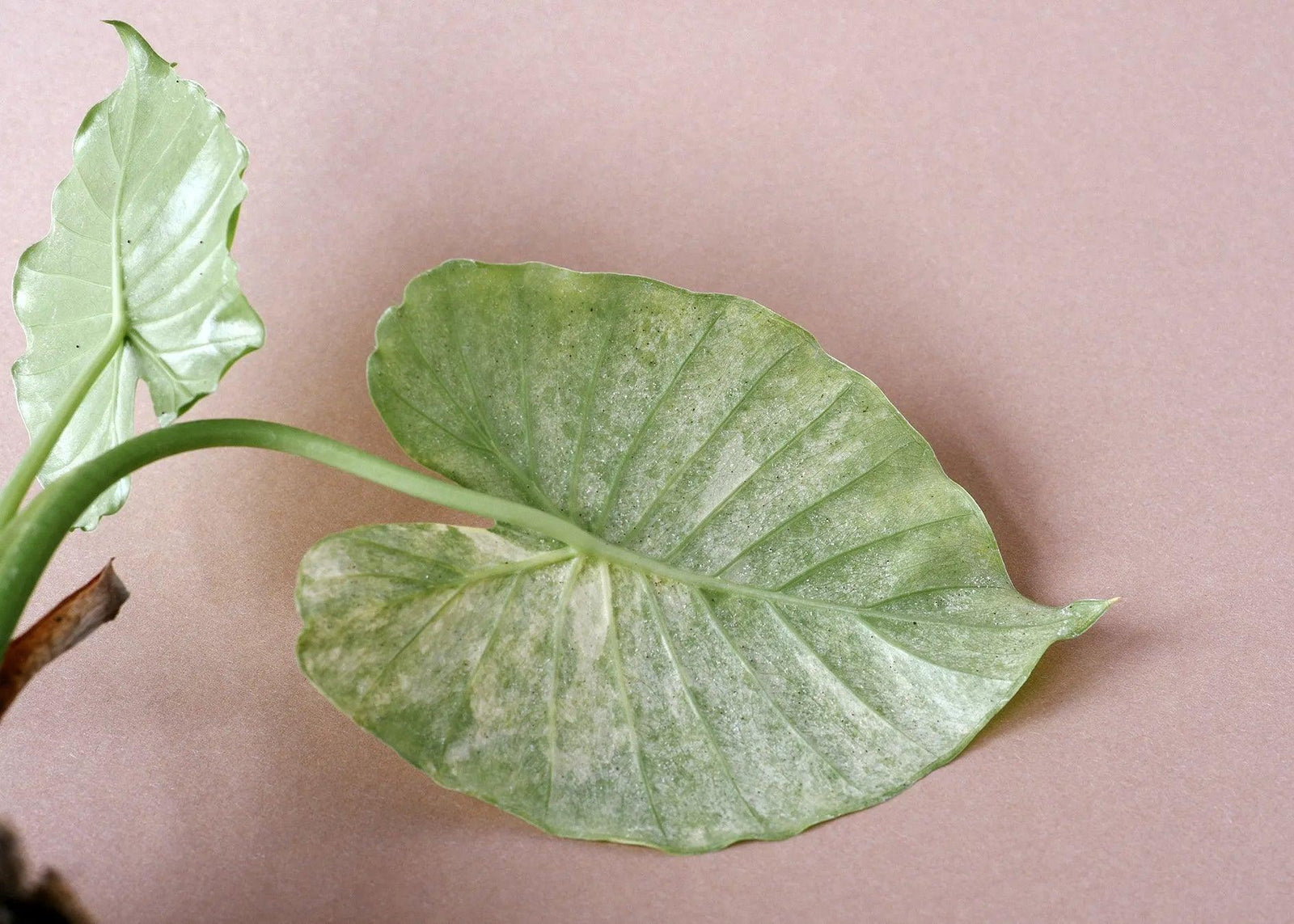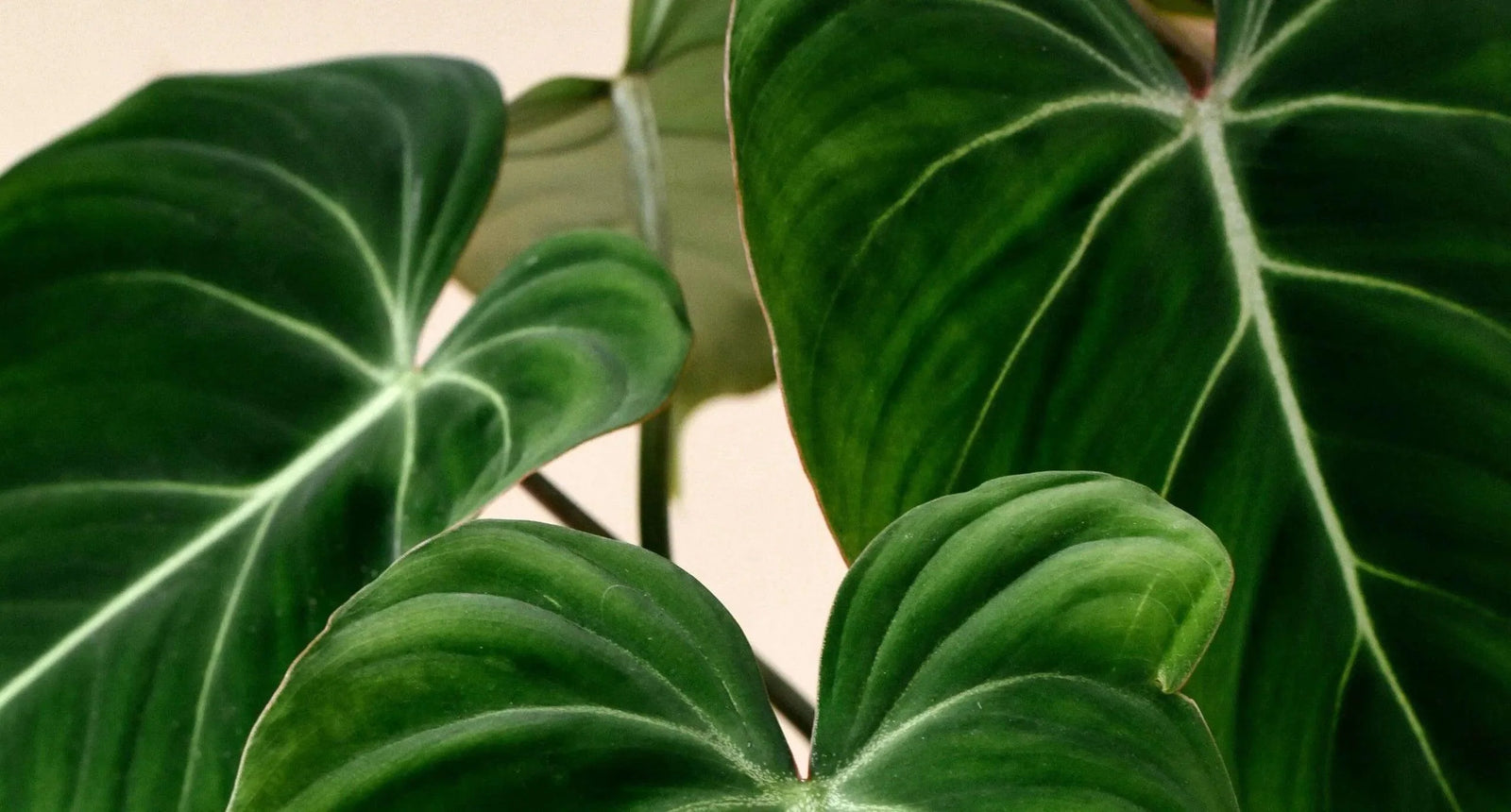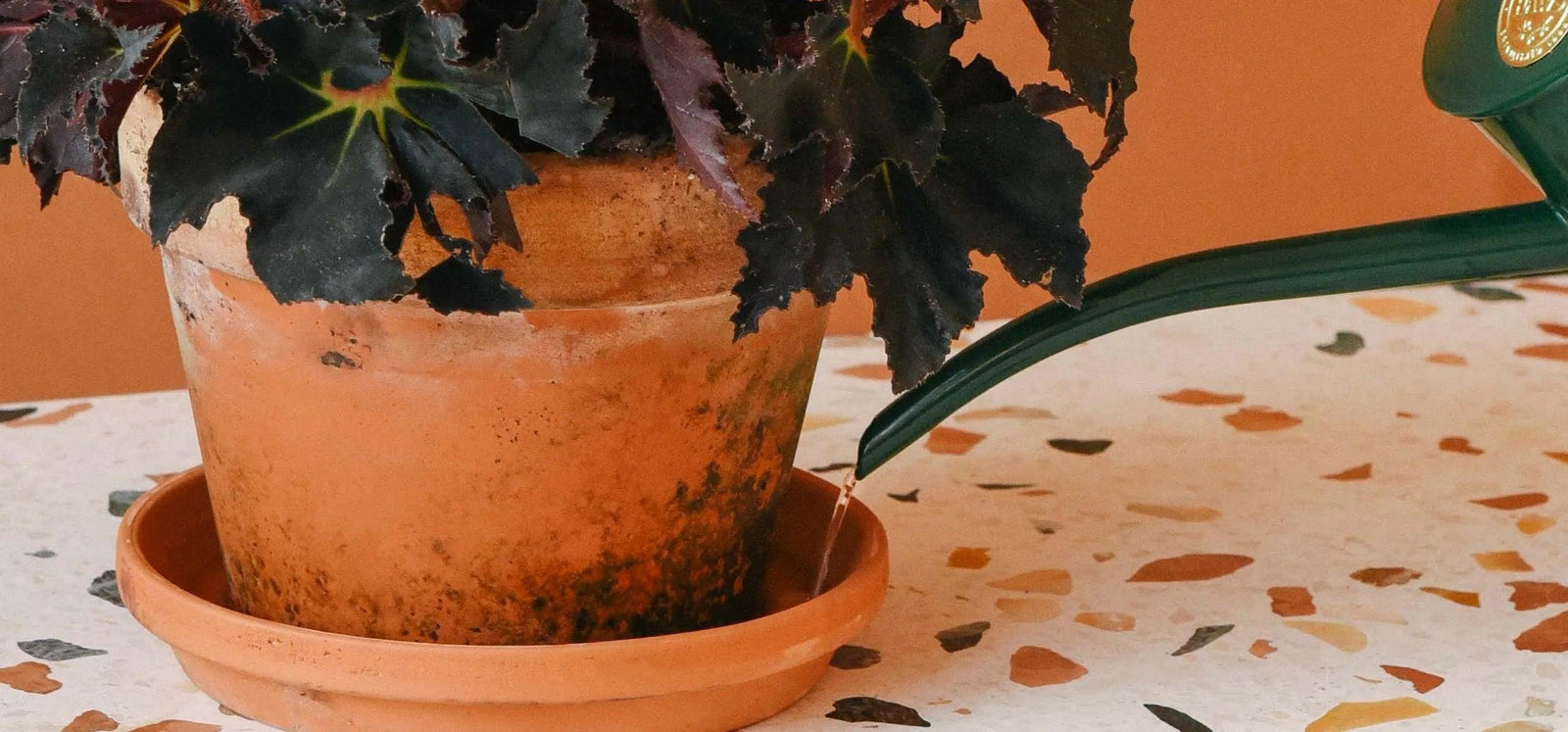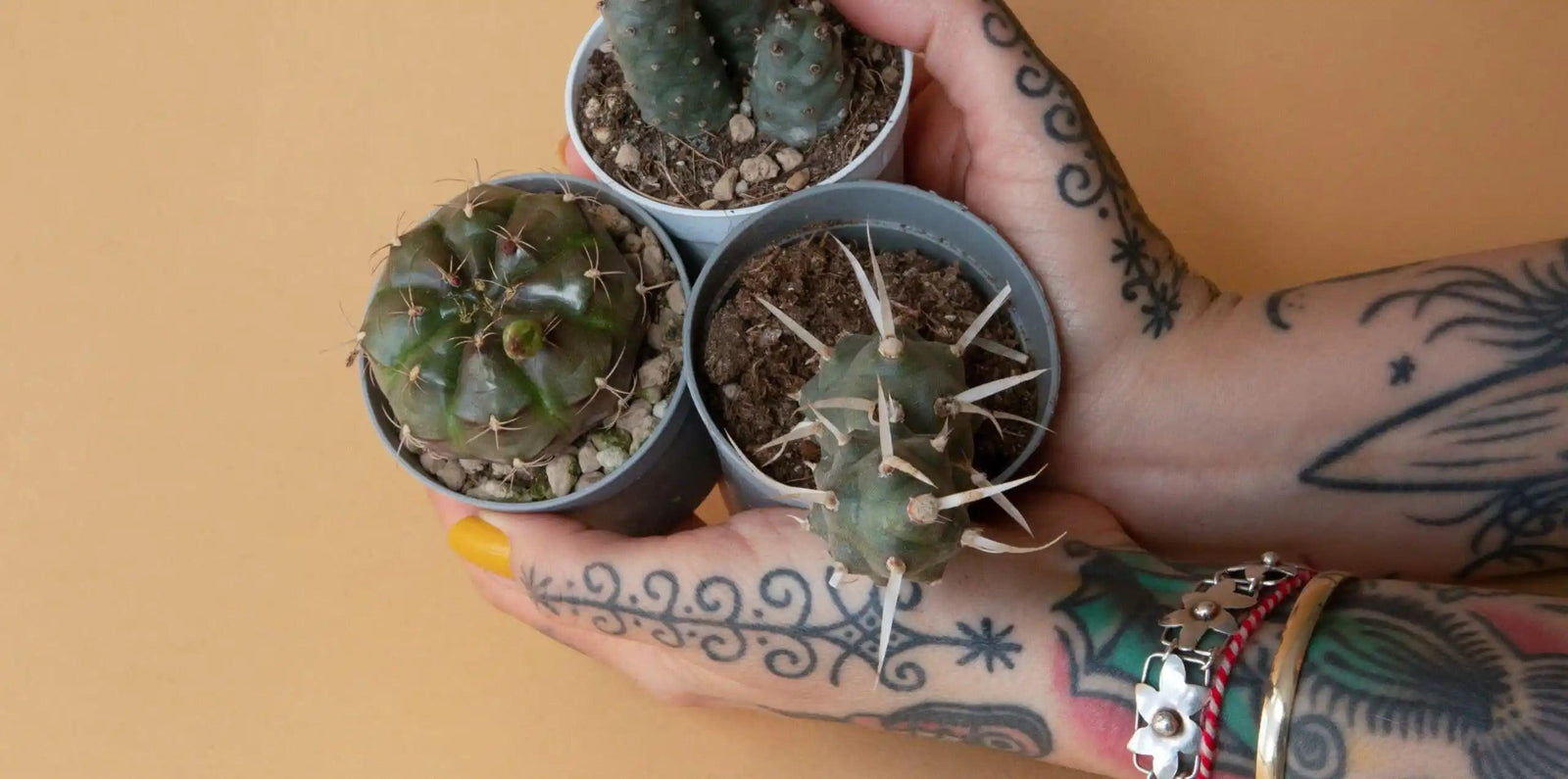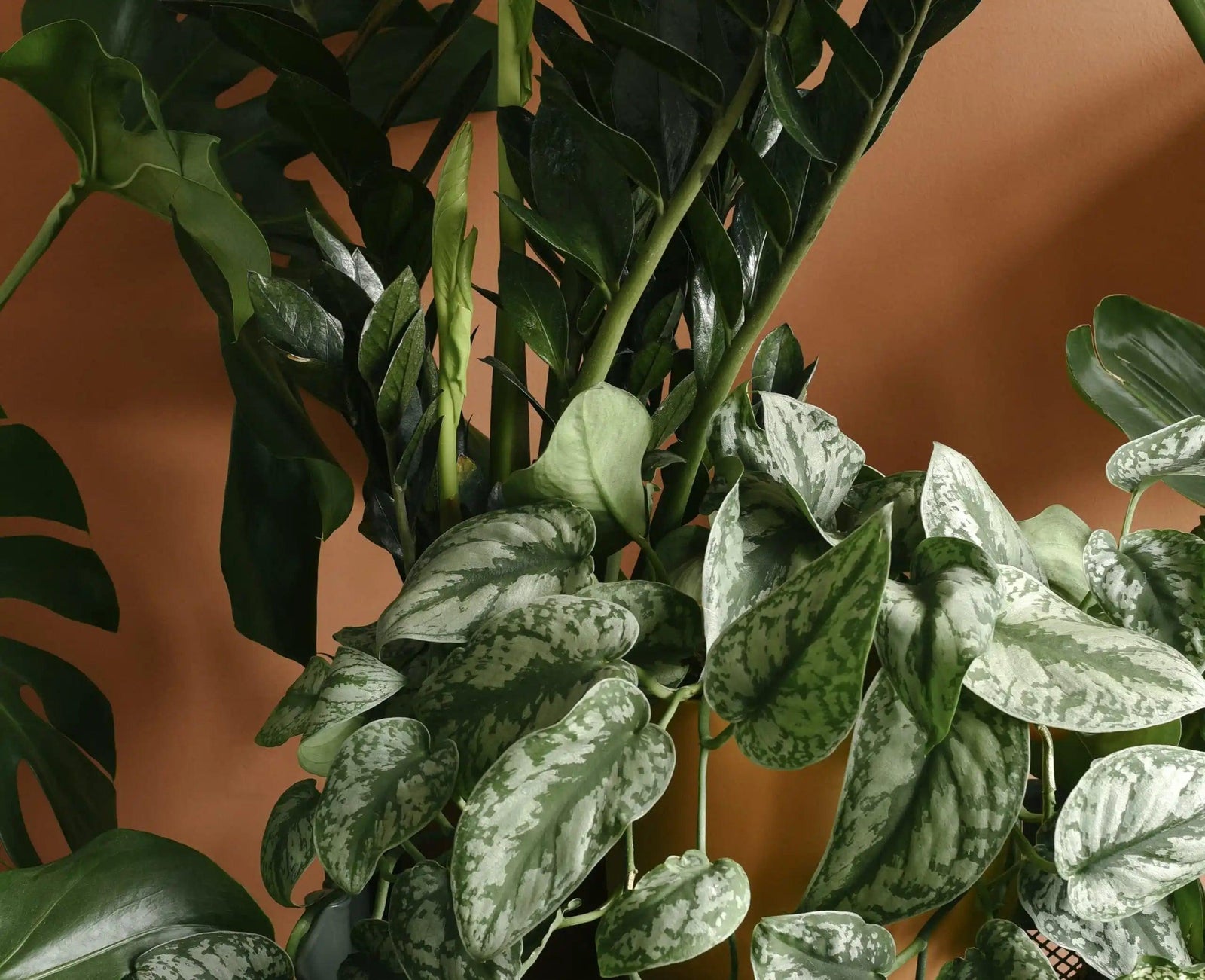Have you ever questioned your inner morals as a human after realising that you would rather spend hours sitting with your houseplants, than visiting the newborn child that your cousin has just brought into the world? Oliver has, but thankfully his questionable morals are your gain, as they led to this post about non deadly issues, aka things that actually won’t kill your plants!
Sometimes, to us house plant addicts, the connection with our plants can be similar to the connection with a child. You love them with all your heart, to a point of absurdity, and to a point of over-protectivity. We all need to learn how to sometimes take a step back and, ultimately, realise that what might be a problem for us as humans, is perhaps not actually a problem for our plant friends.
In this blog post we will cover some common non deadly issues that most plant parents will encounter during their parenthood, and hopefully reading this will help you to calm down a little in the future, if and when these discoveries take place.
The most important thing to remember when coming across new, unexpected life forms in your indoor jungle is this: you have brought nature into an unnatural environment, and that nature will actually benefit from an ecosystem of some sort. Here are some common insects that you might find repulsive, but your plants will welcome with open stems!
Soil mites. These tiny white mites can be seen crawling through soil just living their best life. They love your plants just as much as you do, but love composting material even more!
These little critters spend their days munching on this decaying plant material, while leaving your plant, and its root system, happy and healthy. Sometimes these mites are confused with spider mites, which are dangerous to the plants health, or fungus gnats, but take some time to observe them, and you will quickly be able to see that these soil mites are exclusively sub-terrestrial.
Springtails. Another bug commonly confused with the infamous fungus gnat, is the Springtail. These little white bugs live in the soil, feasting on decaying plant matter, and while they may look threatening, these guys are not there to eat your plant, and while they can occasionally inhibit the hardiness of your plant, they are very rarely the actual cause of your plants problems. Most notably, Springtails can jump several inches into the air when disturbed, causing disgust and disarray from the plant parent, but be grateful for this ability, as it can help you distinguish them from the real pest!
Silverfish. Possibly the most difficult insect to decide if you want to allow to continue to co-inhabit your indoor jungle is the Silverfish. While they may look like something from a poorly animated 80s horror film, we should not judge a bug by its apparent creepiness. These truly buggy looking creatures like to feed on dead insects, such as springtails, soil mites, and even fungus gnats and other detrimental pests, as well as fungi, which is almost always found within soil, even if you cannot see it.
While silverfish can absolutely cause damage to your books and other material possessions, but as they will not harm you or your plant babies, they still fall under the Non deadly issues category. So what do you say? In my opinion, out of sight, out of mind!
Earwig. Another common house guest, that looks like it could kill you with a bite of its scorpion like pincers, is the deceptively harmless Earwig. Even more beneficial than Silverfish, Earwigs will feed on live, plant-feeding insects, acting as a biological control supporting your plant. While they can become pests if their population are allowed to get out of control, this rarely occurs and their population can be kept at a reasonable and manageable level by following a few simple and overall beneficial rules.
Managing population levels of houseplant bugs. The thing that all of these animals have in common is their ideal environment. Dark, cool, humid. The exact environment that you will find in the bottom part of the soil of a plant, or under a ceramic pot, especially the highly popular terracotta pots. Using specific potting mixes for different types of plants will manage the humid environment that these bugs love, ensuring that your plant love its soil, and that the bugs don’t get too comfortable in your jungle. Additionally, watering correctly (not over watering, and ensuring that excess water is always removed after watering) will again help your plant and its living pot-mates. Whilst potting substrate and watering are essential for managing the living populations in your plants, it is also highly beneficial for managing some other non deadly, purely cosmetic issues that are found in plants.
Oedema. Caused by excess uptake of water by the plants roots, oedema is characterised by a corky, blustery like appearance on the leaf of plants. This can be the result of poor potting mix, excessive watering or prolonged exposure to water, as well as watering with warm water, or during periods of the day where it is too hot.
All of these issues are easily solved through your actions! While you might have a few deformed leaves, the plant is still happy and just being a nice friend with a good level of resilience.
Stunted growth. Don’t take it personally, but this is a problem with you! Not the plant. Stunted growth and deformed leaves are again an issue with the sub-terrain. Maybe you haven’t ever changed the potting mix, which has now turned rock solid after months of watering and dying out? Or perhaps the plants have grown so well that it’s now time for a bigger pot with more space for the roots? Whatever you might have done, or neglected to do, it’s time to do something about it! Increase the pot size, provide a more penetrable potting medium, and give your baby an upgrade. The roots will always dictate your plants overall health!



